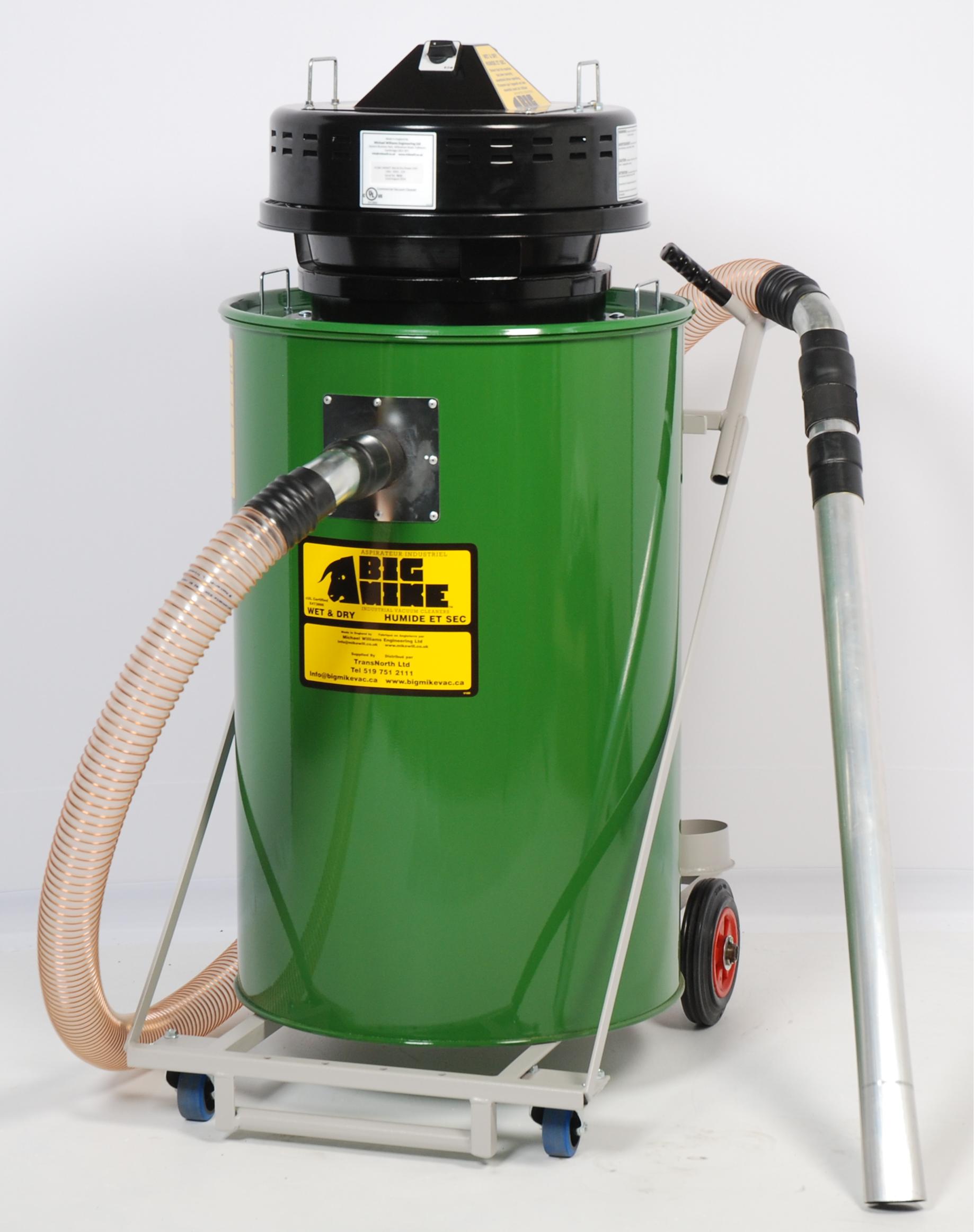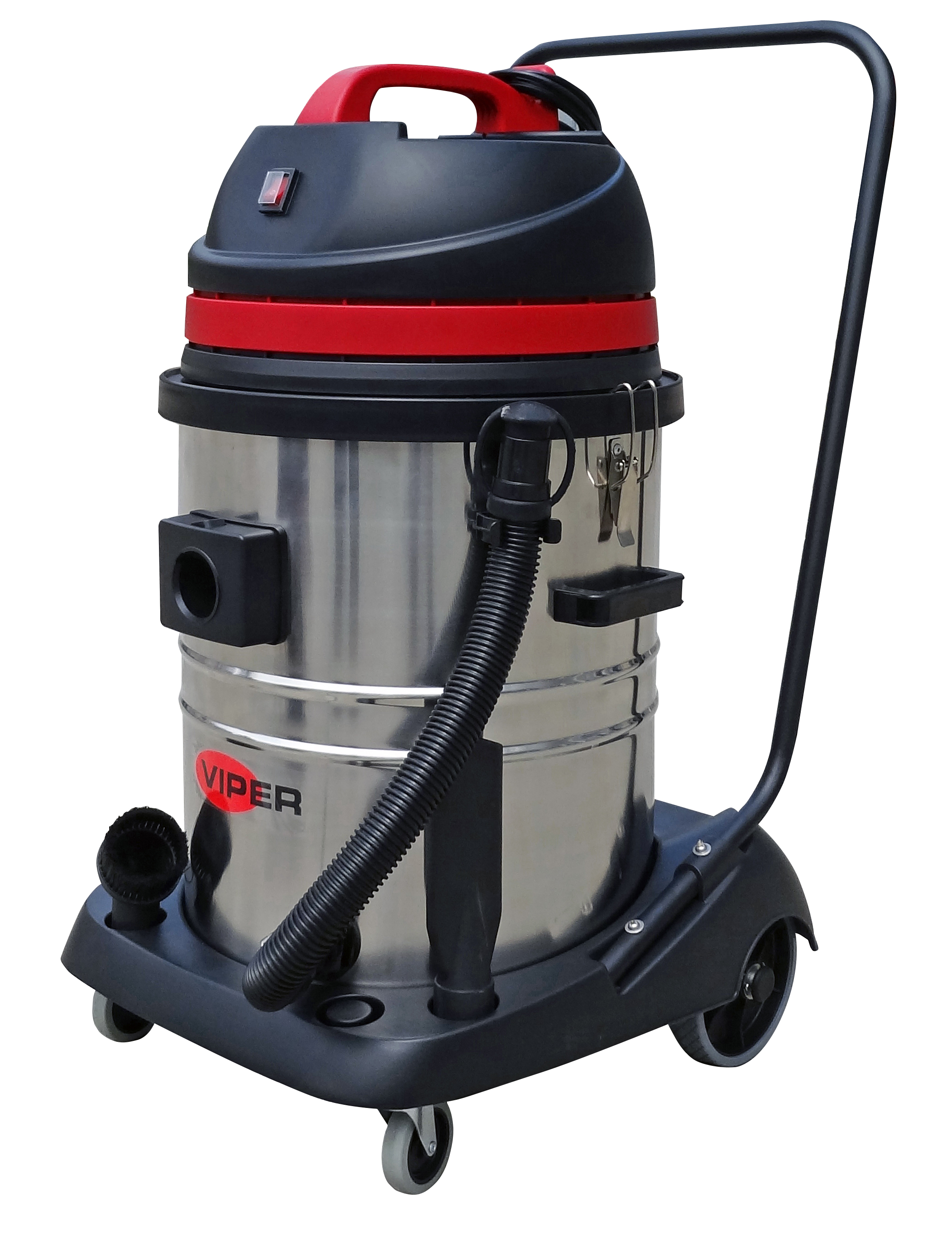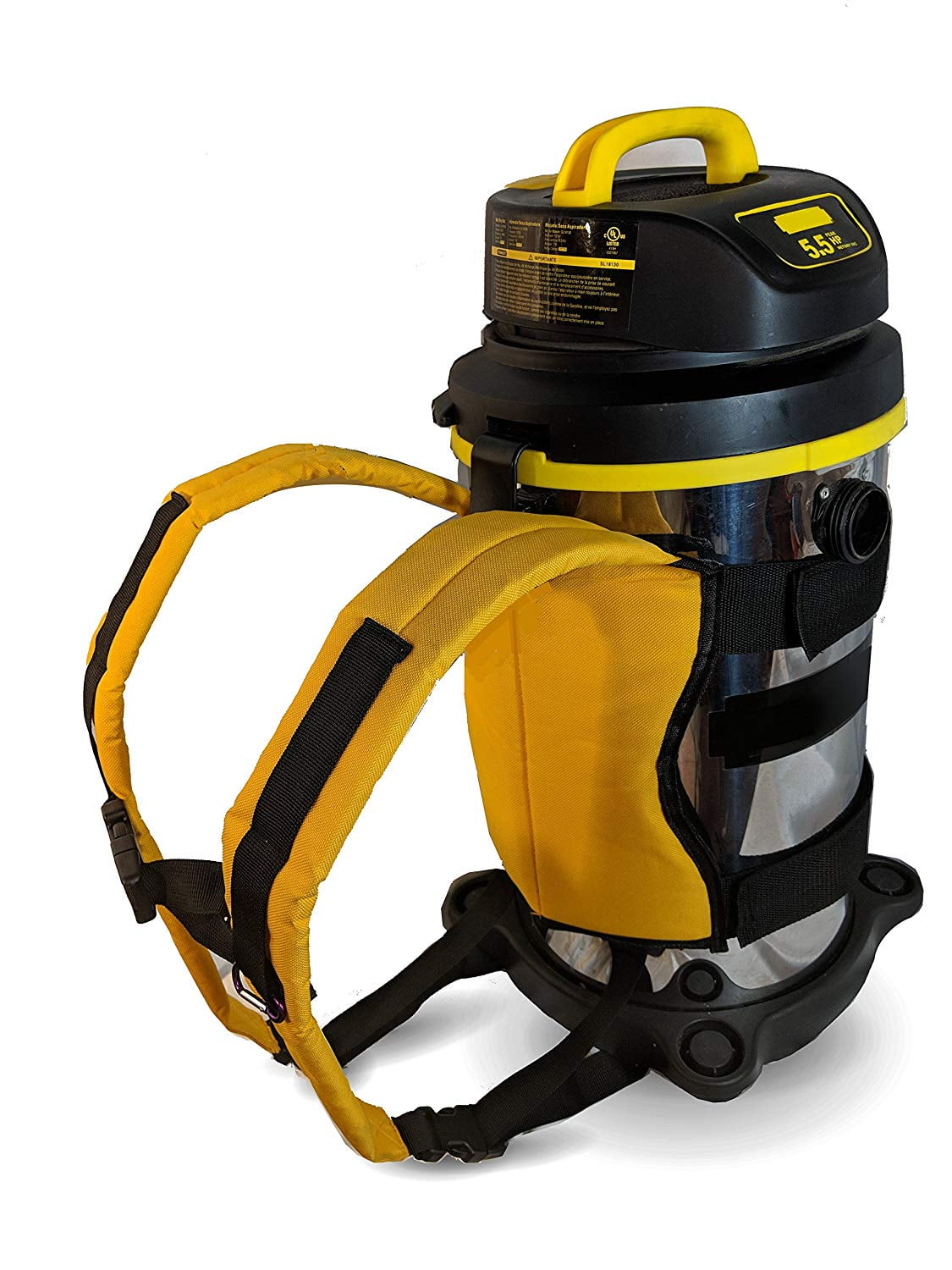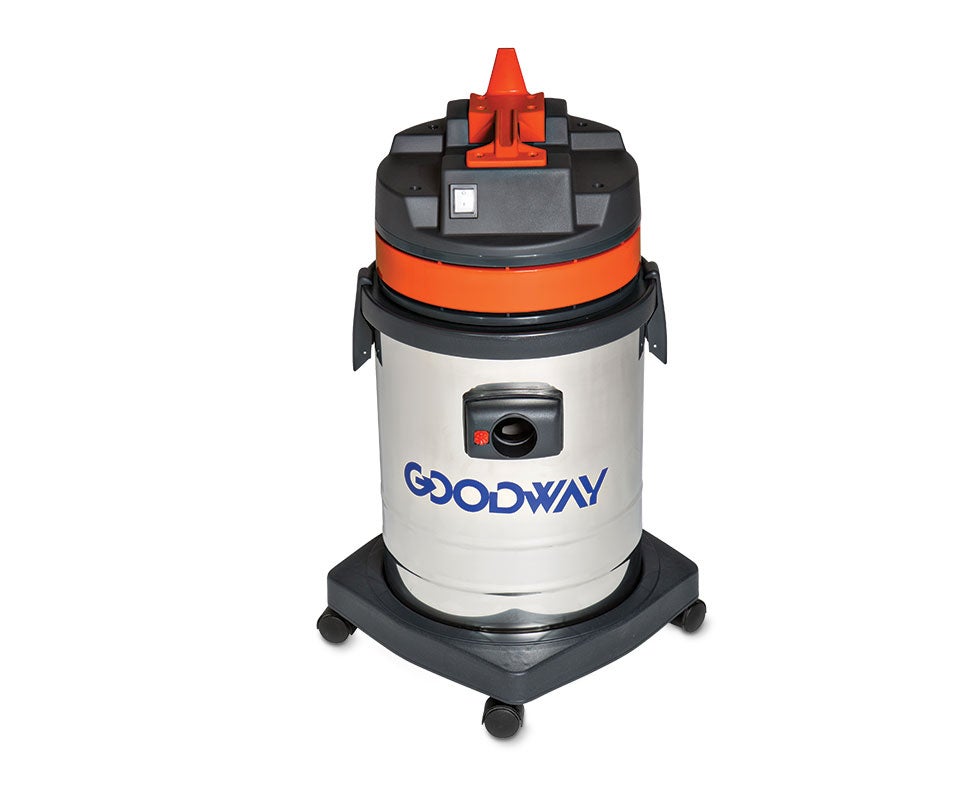Baking soda and vinegar
One of the most popular and effective methods for unclogging a bathroom sink is the combination of baking soda and vinegar. This natural and non-toxic solution is easy to prepare and can quickly dissolve stubborn clogs. Simply pour half a cup of baking soda down the drain, followed by half a cup of vinegar. The mixture will create a chemical reaction that will loosen up any buildup and clear the clog. Let it sit for about 15 minutes, then flush with hot water.
Plunger
A plunger is a simple tool that can work wonders in unclogging a bathroom sink. This tool creates suction, which can help dislodge any blockages and get the water flowing again. Place the plunger over the drain and pump it up and down several times. This motion will push air and water into the drain, forcing the clog to break up. A plunger can be especially useful for removing hair clogs.
Drain snake
If the clog is too stubborn for a plunger, a drain snake may do the trick. This tool consists of a long flexible wire with a corkscrew-like end that can be inserted into the drain. As you twist and push the snake down the drain, it will grab onto the clog and pull it out. This method may require a bit more effort, but it can effectively clear out even the toughest clogs.
Enzyme-based cleaner
If you prefer a more gentle approach to unclogging your sink, an enzyme-based cleaner may be the way to go. These cleaners use natural enzymes to break down organic materials, such as hair and soap scum, that can cause clogs. Simply pour the recommended amount of cleaner down the drain and let it sit for a few hours or overnight. Then, flush with hot water to clear out the loosened debris.
Hydrogen peroxide
Hydrogen peroxide is another household item that can be used to unclog a bathroom sink. This powerful chemical can dissolve stubborn clogs and disinfect your drain at the same time. Mix equal parts of hydrogen peroxide and hot water and pour it down the drain. Let it sit for about an hour, then flush with hot water. Be sure to wear gloves and eye protection when handling hydrogen peroxide.
Boiling water
For a quick and easy solution, try pouring a pot of boiling water down your clogged bathroom sink. The hot water can melt away any soap scum or grease that may be causing the blockage. Be careful not to splash the boiling water on yourself, and only use this method if you have metal pipes. Pouring boiling water down plastic pipes can cause damage.
Caustic soda
Caustic soda, also known as sodium hydroxide, is a powerful chemical that can be used to unclog a bathroom sink. It works by breaking down organic materials and dissolving them. However, caustic soda is highly corrosive and can be dangerous to handle, so be sure to wear protective gear and follow the instructions carefully. Mix a small amount of caustic soda with hot water and pour it down the drain. Let it sit for about 30 minutes, then flush with hot water.
Salt and baking soda
If you prefer a more natural approach, a mixture of salt and baking soda can effectively unclog your bathroom sink. Mix equal parts of salt and baking soda and pour it down the drain. Then, pour a pot of boiling water down the drain to flush it out. The abrasive texture of the salt and baking soda can help break up any buildup, and the hot water will wash it away.
Dish soap and hot water
Another simple and effective method for unclogging a bathroom sink is using dish soap and hot water. Dish soap can help break up the grease and grime that can cause clogs. Simply pour a generous amount of dish soap down the drain, followed by a pot of hot water. Let it sit for a few minutes, then flush with more hot water. This method may need to be repeated a few times for tougher clogs.
Wet/dry vacuum
If you have a wet/dry vacuum, it can be used to unclog your bathroom sink. Set the vacuum to the wet setting and cover the vent with a cloth. Place the vacuum hose over the drain and turn it on. The suction from the vacuum can help dislodge and remove any clogs. This method may be more effective for larger clogs, such as those caused by foreign objects.
Why You Should Use Good Chemicals to Unclog Your Bathroom Sink
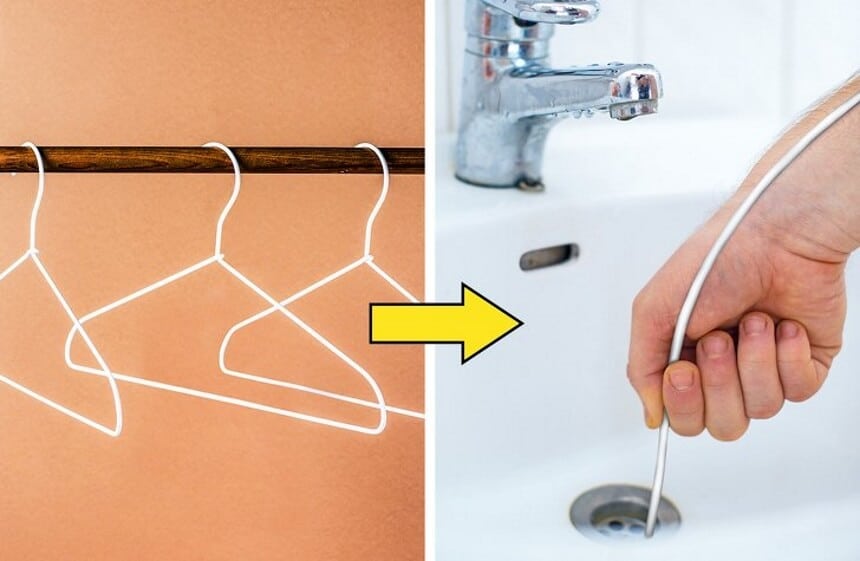
Introduction
 When it comes to maintaining a clean and functional bathroom, having a clogged sink can be a major inconvenience. Not only does it disrupt your daily routine, but it can also lead to unpleasant odors and potential health hazards. While there are many methods for unclogging a sink, using good chemicals can be an effective and efficient solution. In this article, we will discuss the benefits of using good chemicals to unclog your bathroom sink and recommend some of the best products to use.
When it comes to maintaining a clean and functional bathroom, having a clogged sink can be a major inconvenience. Not only does it disrupt your daily routine, but it can also lead to unpleasant odors and potential health hazards. While there are many methods for unclogging a sink, using good chemicals can be an effective and efficient solution. In this article, we will discuss the benefits of using good chemicals to unclog your bathroom sink and recommend some of the best products to use.
Benefits of Using Good Chemicals
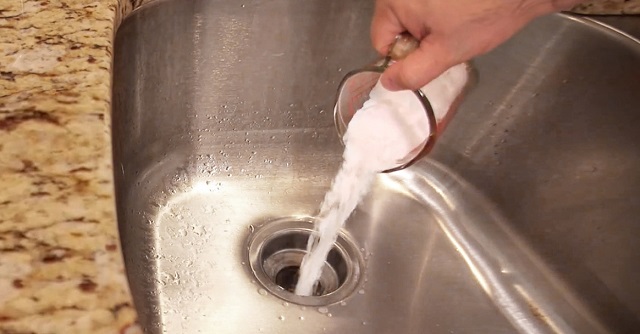 Using good chemicals to unclog your bathroom sink has several benefits. First and foremost, it is a quick and easy solution. Unlike other methods such as plunging or using a drain snake, using chemicals requires minimal effort and can provide immediate results. Additionally, good chemicals are specifically formulated to dissolve and break down common clog-causing substances like hair, soap scum, and grease. This means that they can effectively target and eliminate the source of the clog, rather than just temporarily clearing the blockage.
Using good chemicals to unclog your bathroom sink has several benefits. First and foremost, it is a quick and easy solution. Unlike other methods such as plunging or using a drain snake, using chemicals requires minimal effort and can provide immediate results. Additionally, good chemicals are specifically formulated to dissolve and break down common clog-causing substances like hair, soap scum, and grease. This means that they can effectively target and eliminate the source of the clog, rather than just temporarily clearing the blockage.
Recommended Products
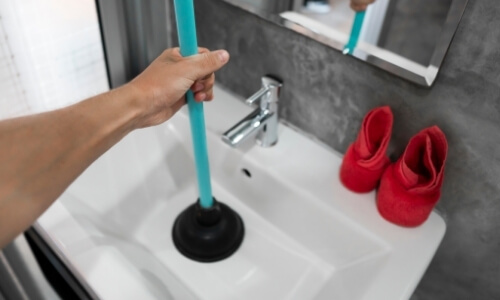 When it comes to choosing the right chemical for your bathroom sink, it is important to consider the ingredients and effectiveness of the product. Look for chemicals that contain
enzymatic cleaners
, which use natural enzymes to break down clogs without harsh chemicals. Another important factor to consider is the type of clog you are dealing with. If you have a
hair clog
, look for products specifically designed to dissolve hair, such as
hair and grease drain opener
. For clogs caused by
soap scum
or
grease
, opt for products that contain
alkaline chemicals
that can effectively dissolve these substances.
When it comes to choosing the right chemical for your bathroom sink, it is important to consider the ingredients and effectiveness of the product. Look for chemicals that contain
enzymatic cleaners
, which use natural enzymes to break down clogs without harsh chemicals. Another important factor to consider is the type of clog you are dealing with. If you have a
hair clog
, look for products specifically designed to dissolve hair, such as
hair and grease drain opener
. For clogs caused by
soap scum
or
grease
, opt for products that contain
alkaline chemicals
that can effectively dissolve these substances.
Precautions
 While using good chemicals to unclog your bathroom sink is generally safe and effective, it is important to take proper precautions to ensure your safety. Always read the instructions and follow them carefully, including any recommended safety measures. Avoid mixing different chemicals, as this can lead to dangerous reactions. Furthermore, make sure to wear gloves and protective eyewear to avoid any contact with the chemicals.
While using good chemicals to unclog your bathroom sink is generally safe and effective, it is important to take proper precautions to ensure your safety. Always read the instructions and follow them carefully, including any recommended safety measures. Avoid mixing different chemicals, as this can lead to dangerous reactions. Furthermore, make sure to wear gloves and protective eyewear to avoid any contact with the chemicals.
Conclusion
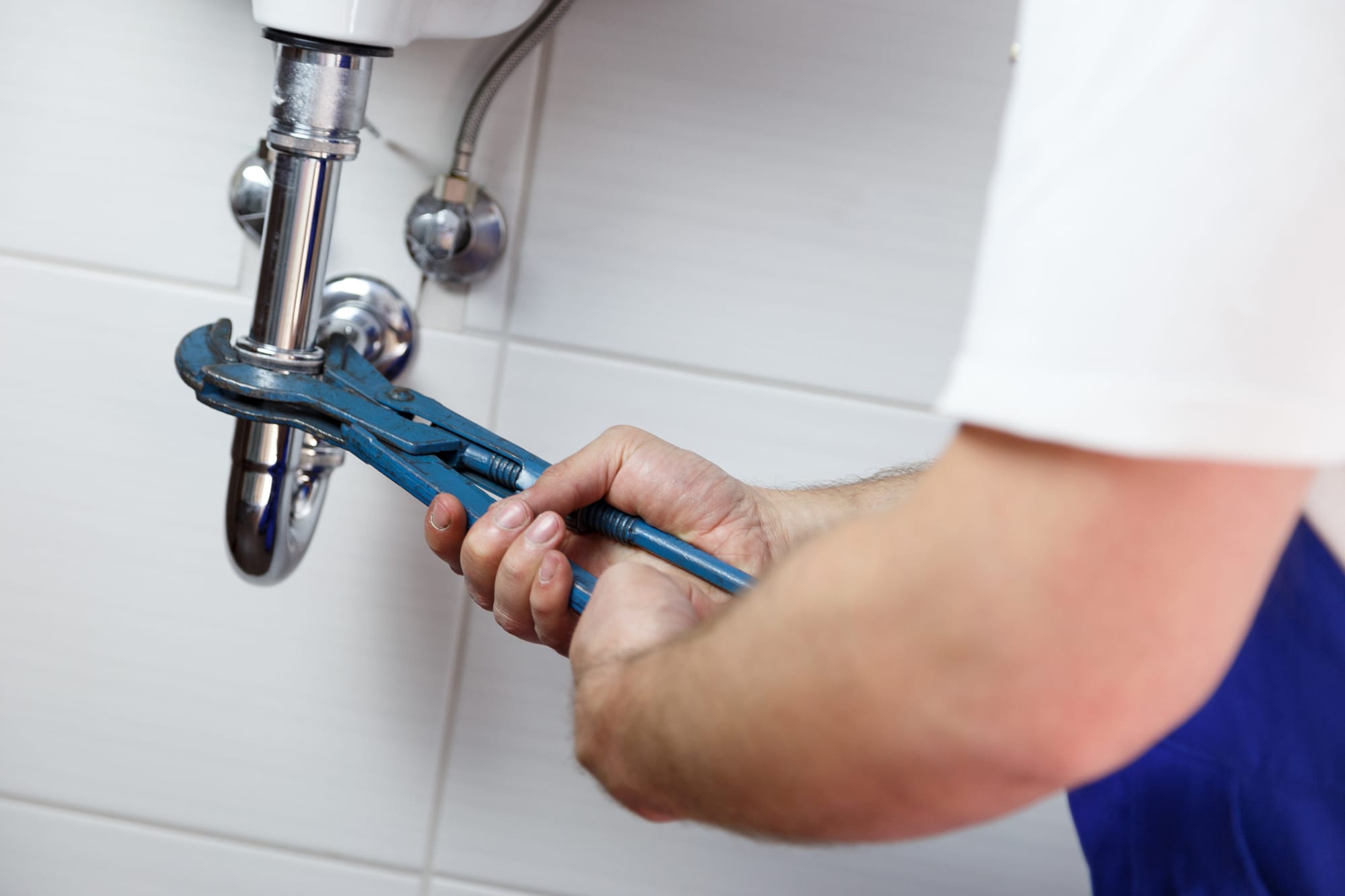 In conclusion, using good chemicals to unclog your bathroom sink can be a quick and effective solution. Not only do they provide immediate results, but they also target and eliminate the root cause of the clog. When choosing a chemical, consider the ingredients and type of clog you are dealing with. And always remember to take proper precautions to ensure your safety. With the right chemicals, you can keep your bathroom sink clean and functional for years to come.
In conclusion, using good chemicals to unclog your bathroom sink can be a quick and effective solution. Not only do they provide immediate results, but they also target and eliminate the root cause of the clog. When choosing a chemical, consider the ingredients and type of clog you are dealing with. And always remember to take proper precautions to ensure your safety. With the right chemicals, you can keep your bathroom sink clean and functional for years to come.







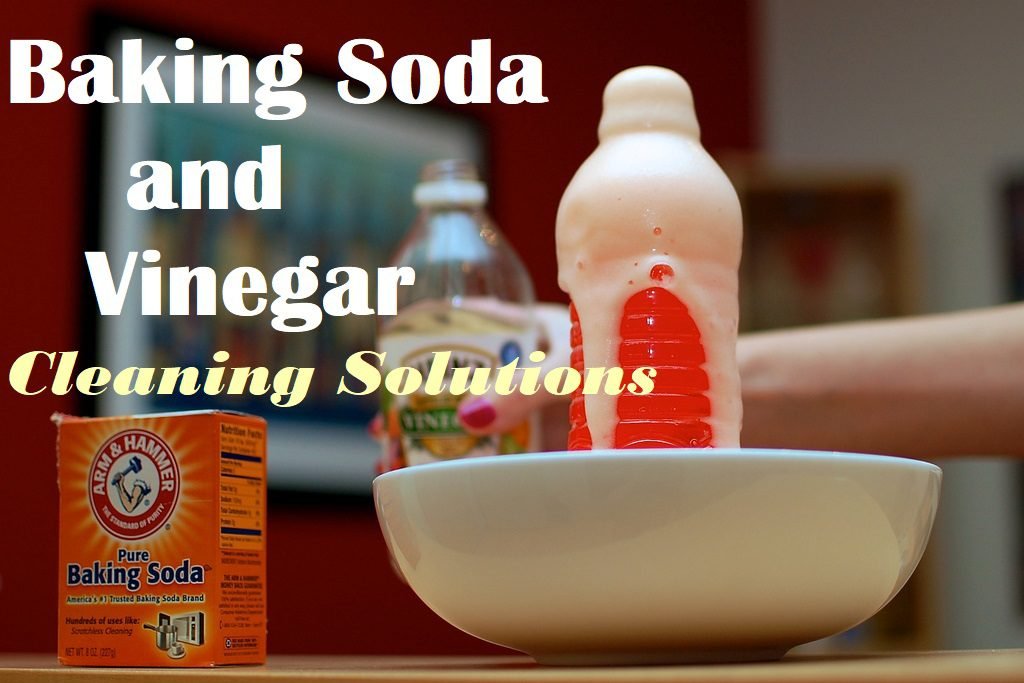
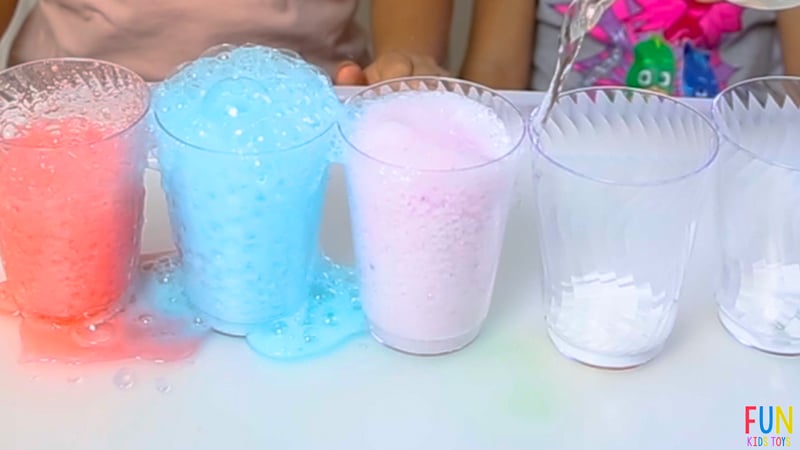



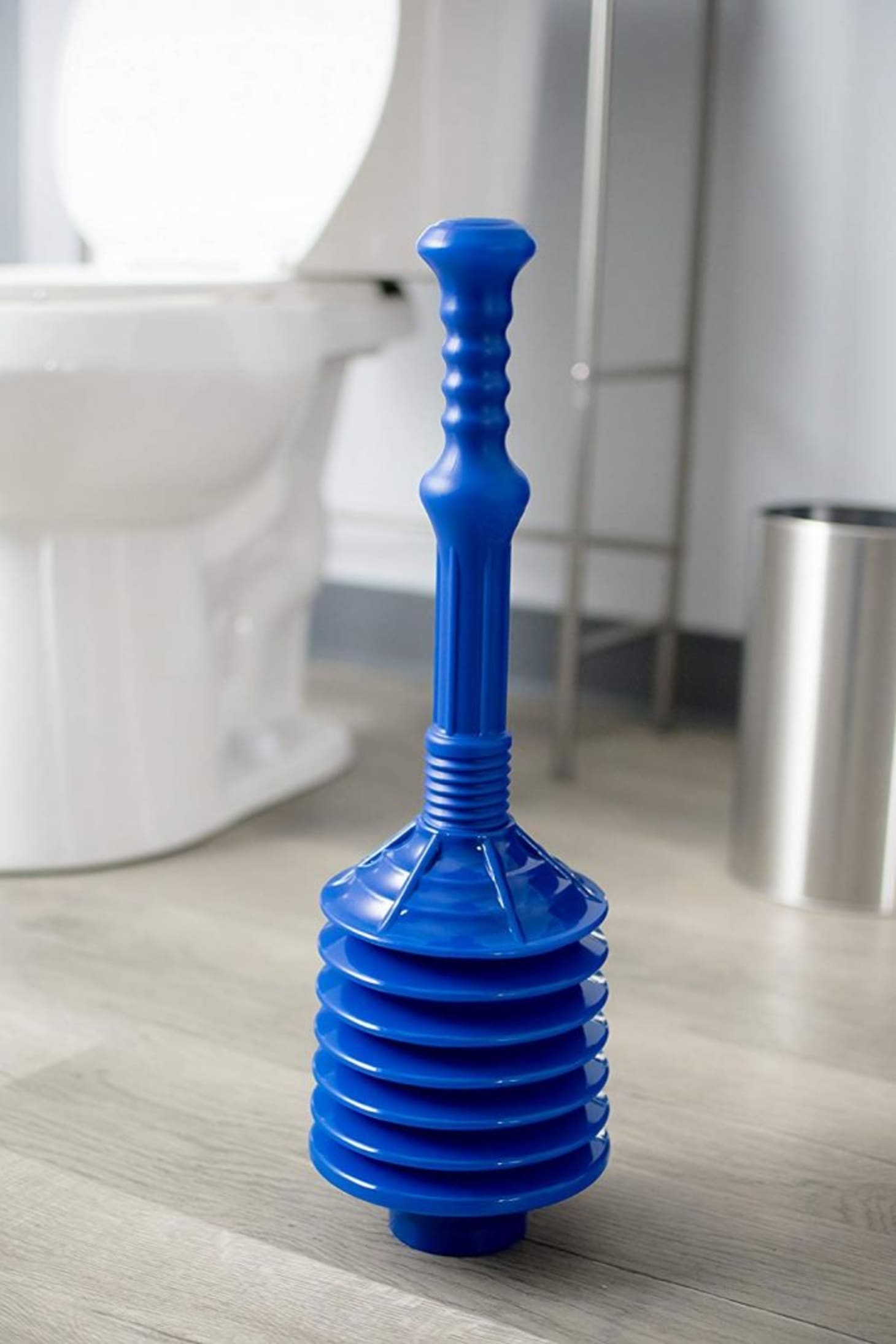
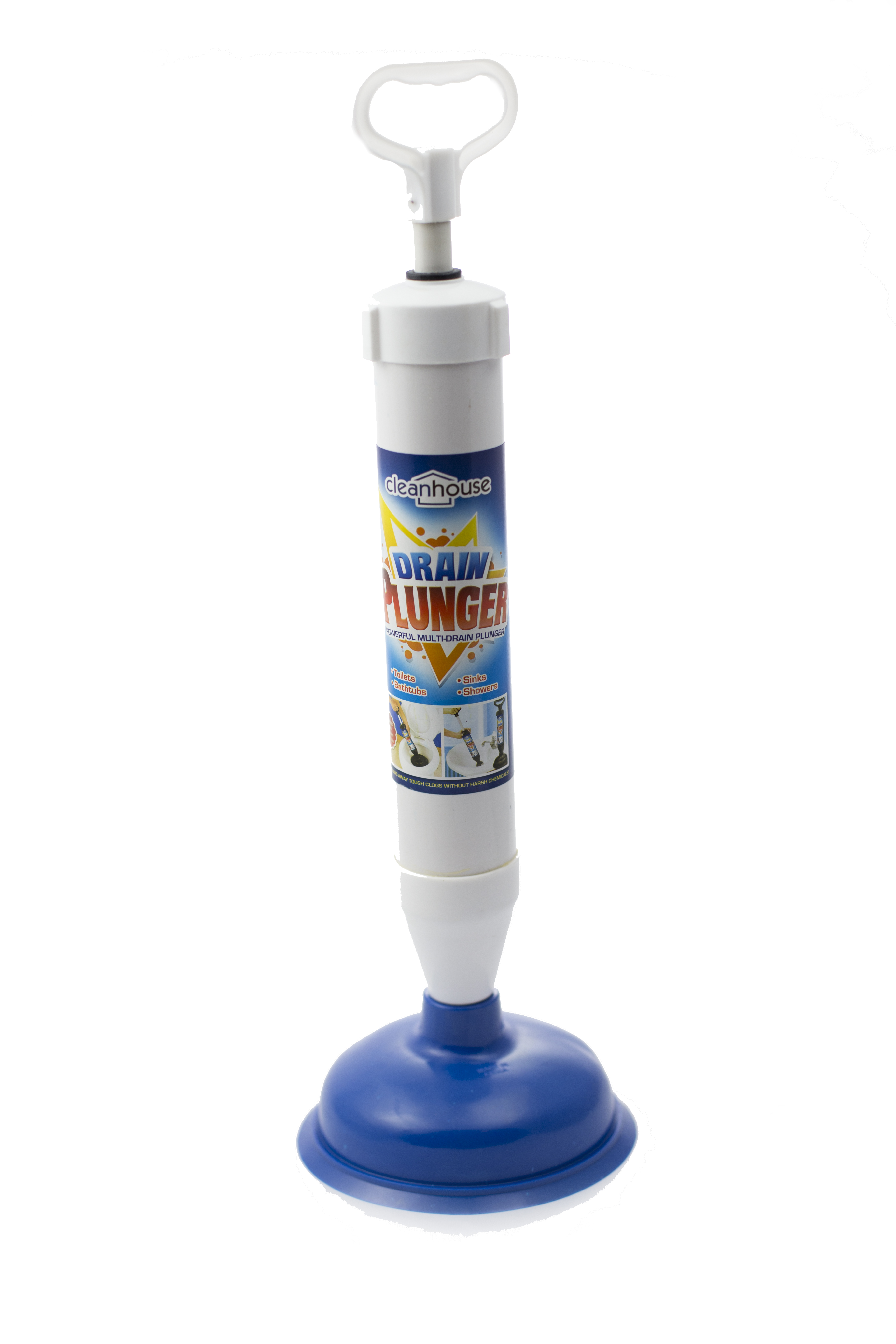


/GettyImages-173683465-58f822b83df78ca159d4543a.jpg)
:max_bytes(150000):strip_icc()/toilet-plunger-80708184-5797d8885f9b58461f591260.jpg)

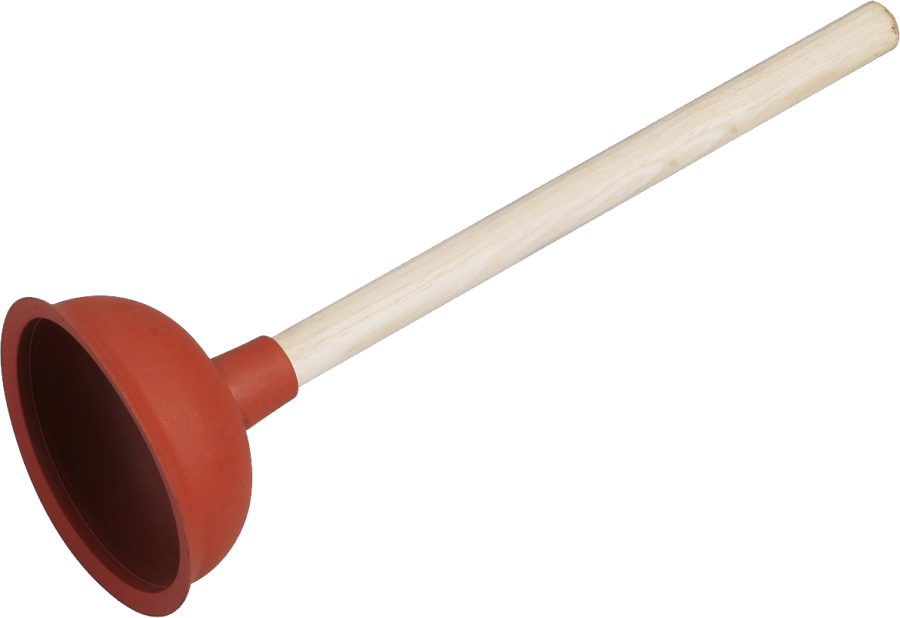

:max_bytes(150000):strip_icc()/toilette-plunger--92314164-873564a34a3441058f00a8d6fc1f0441.jpg)

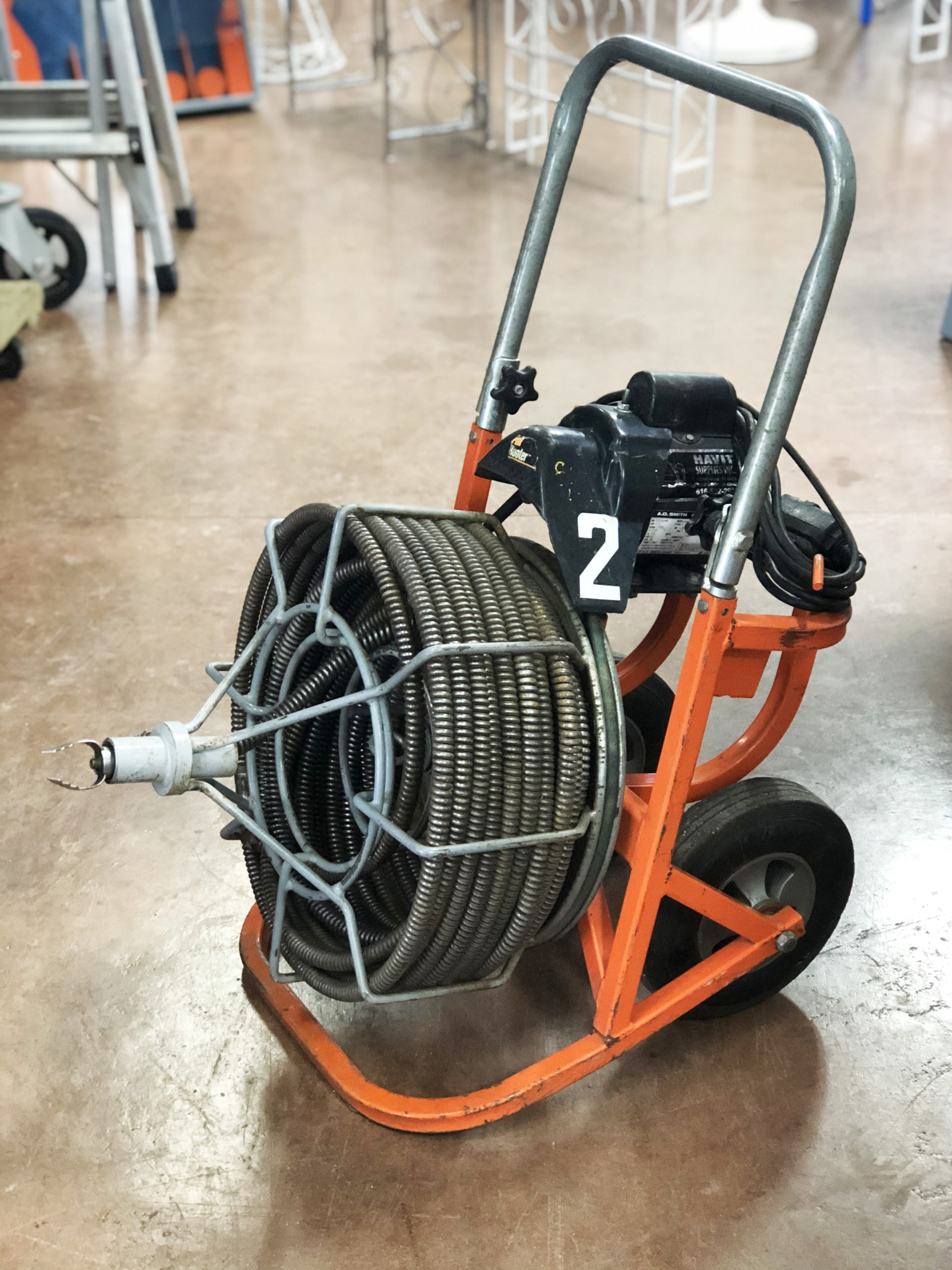

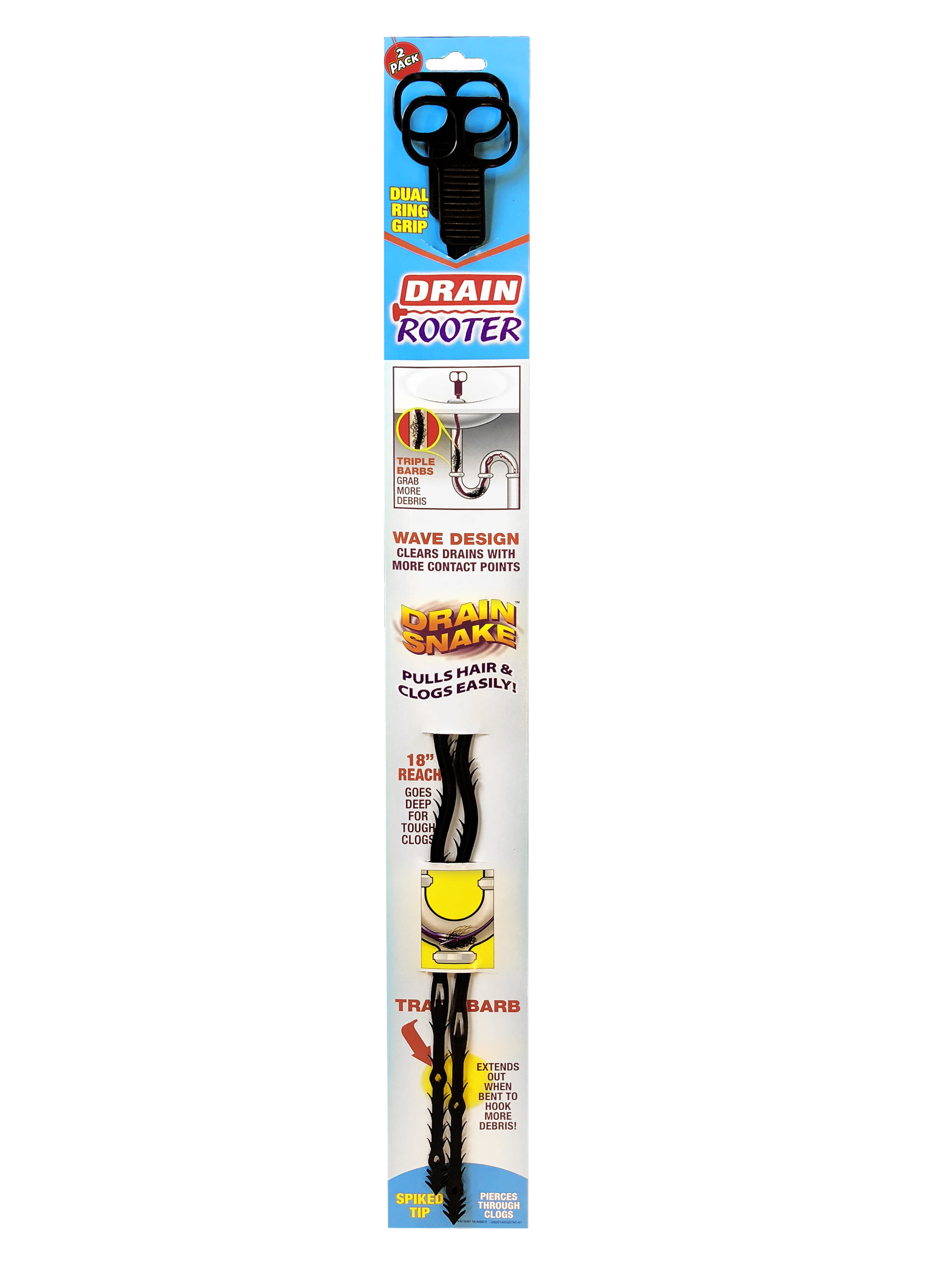






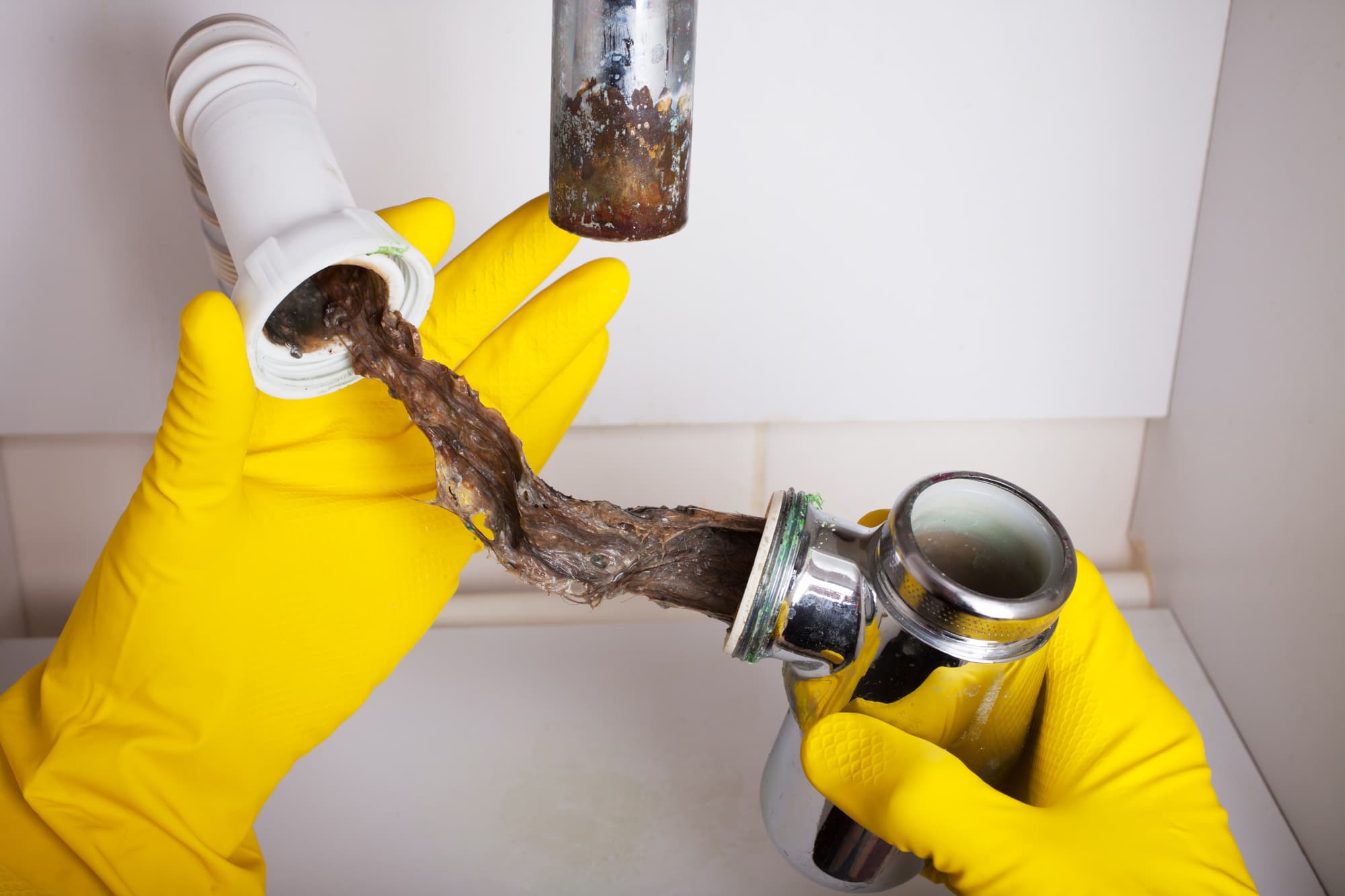
:max_bytes(150000):strip_icc()/Snake-drain-58f6c5705f9b581d5983614c.jpg)
:max_bytes(150000):strip_icc()/drain-snake-auger-stuck-1822488-hero-836b642775194604922b83c45137f5f2.jpg)












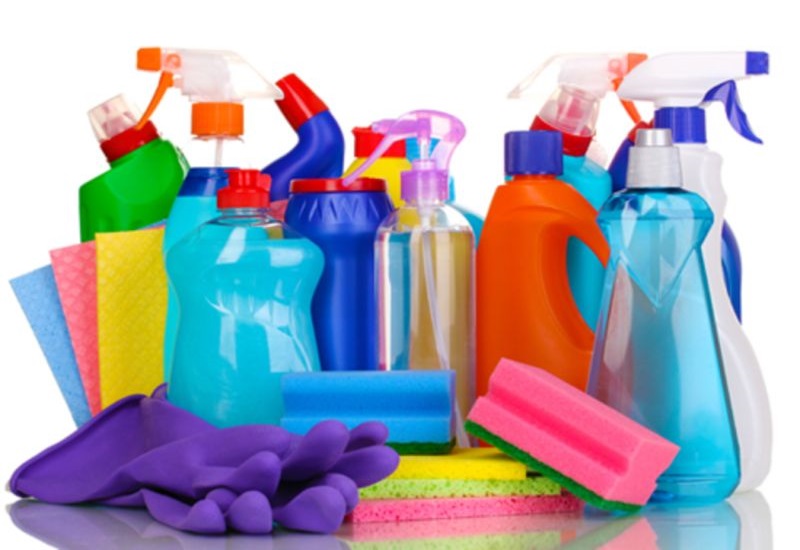



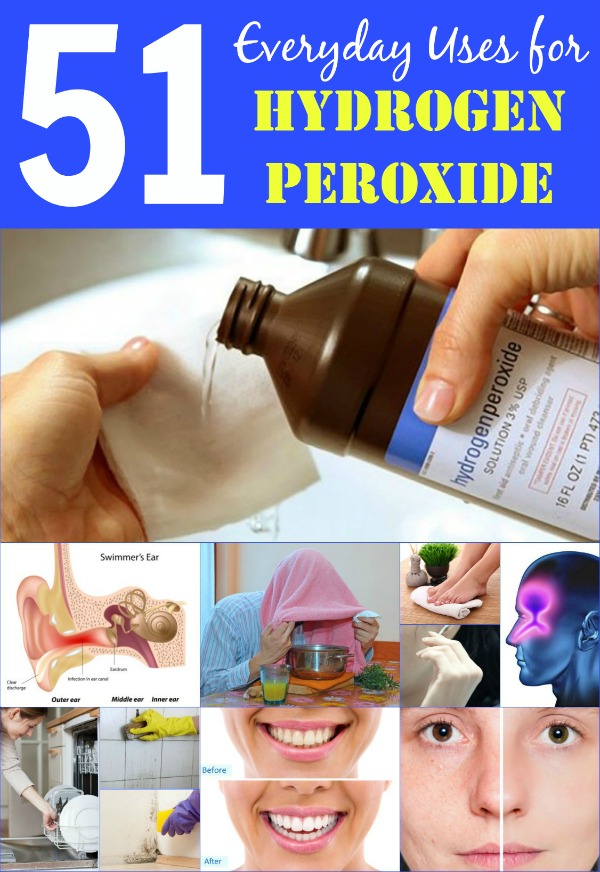
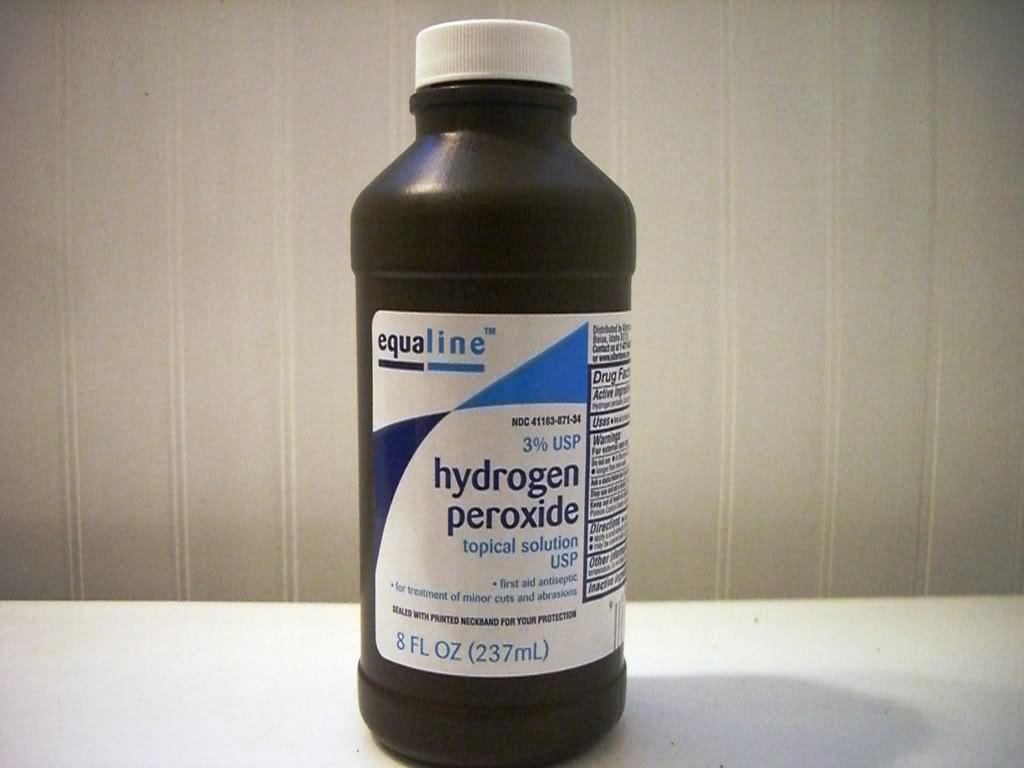

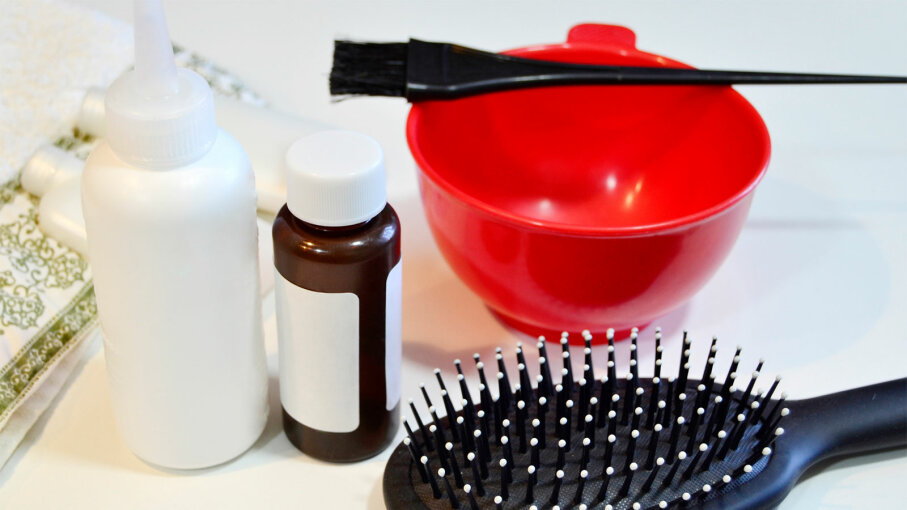
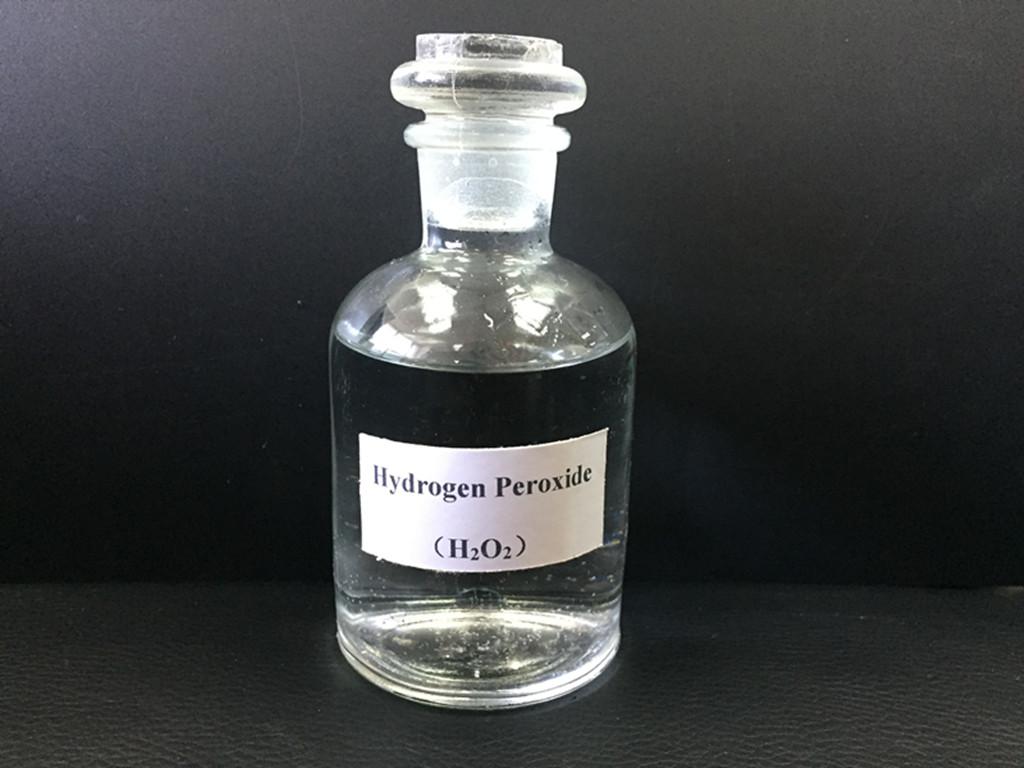


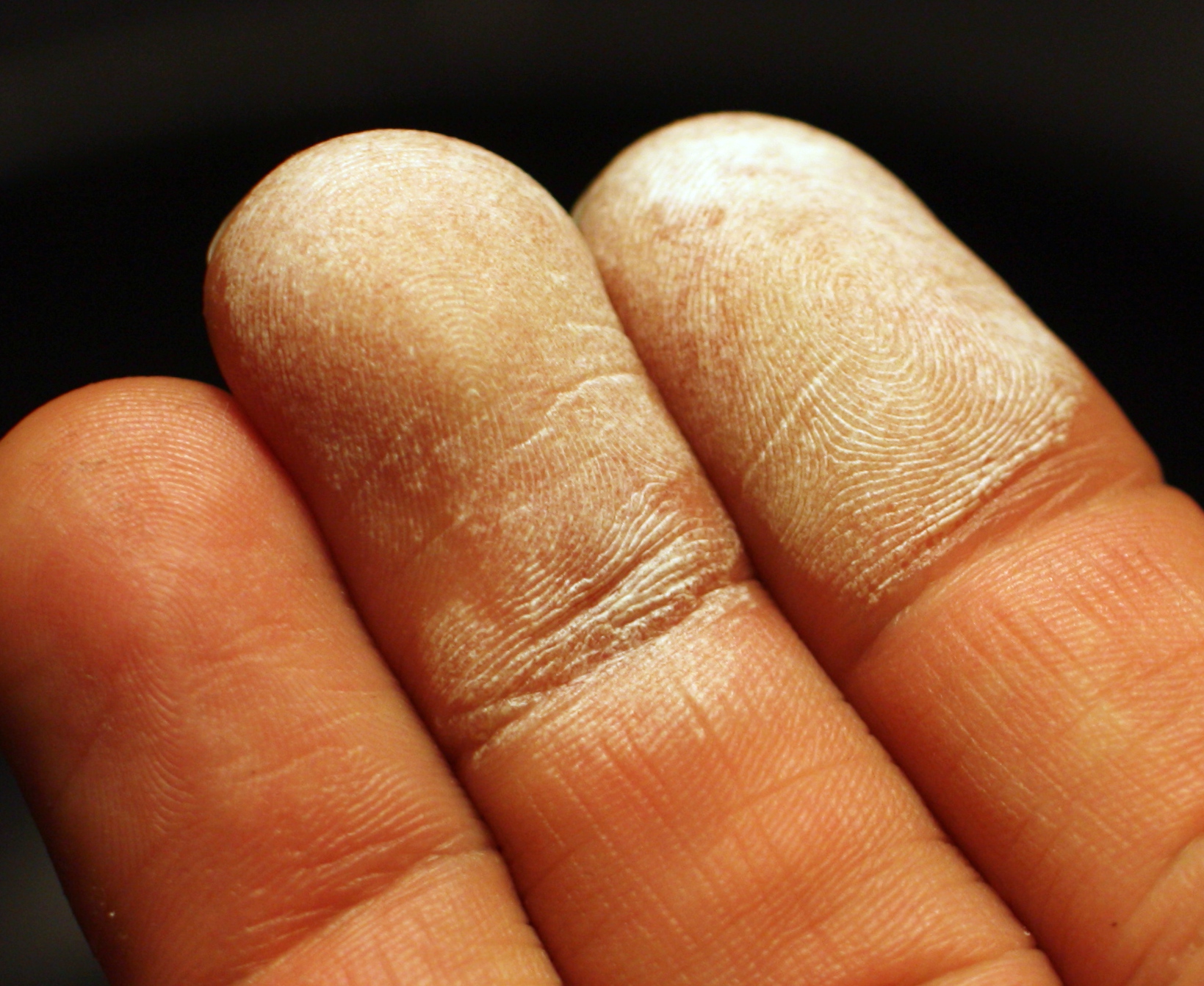


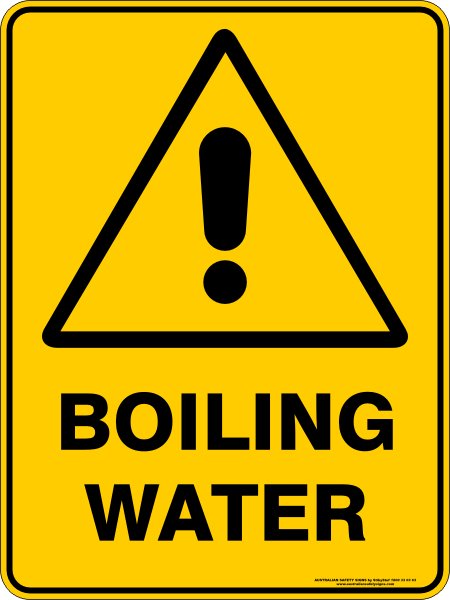
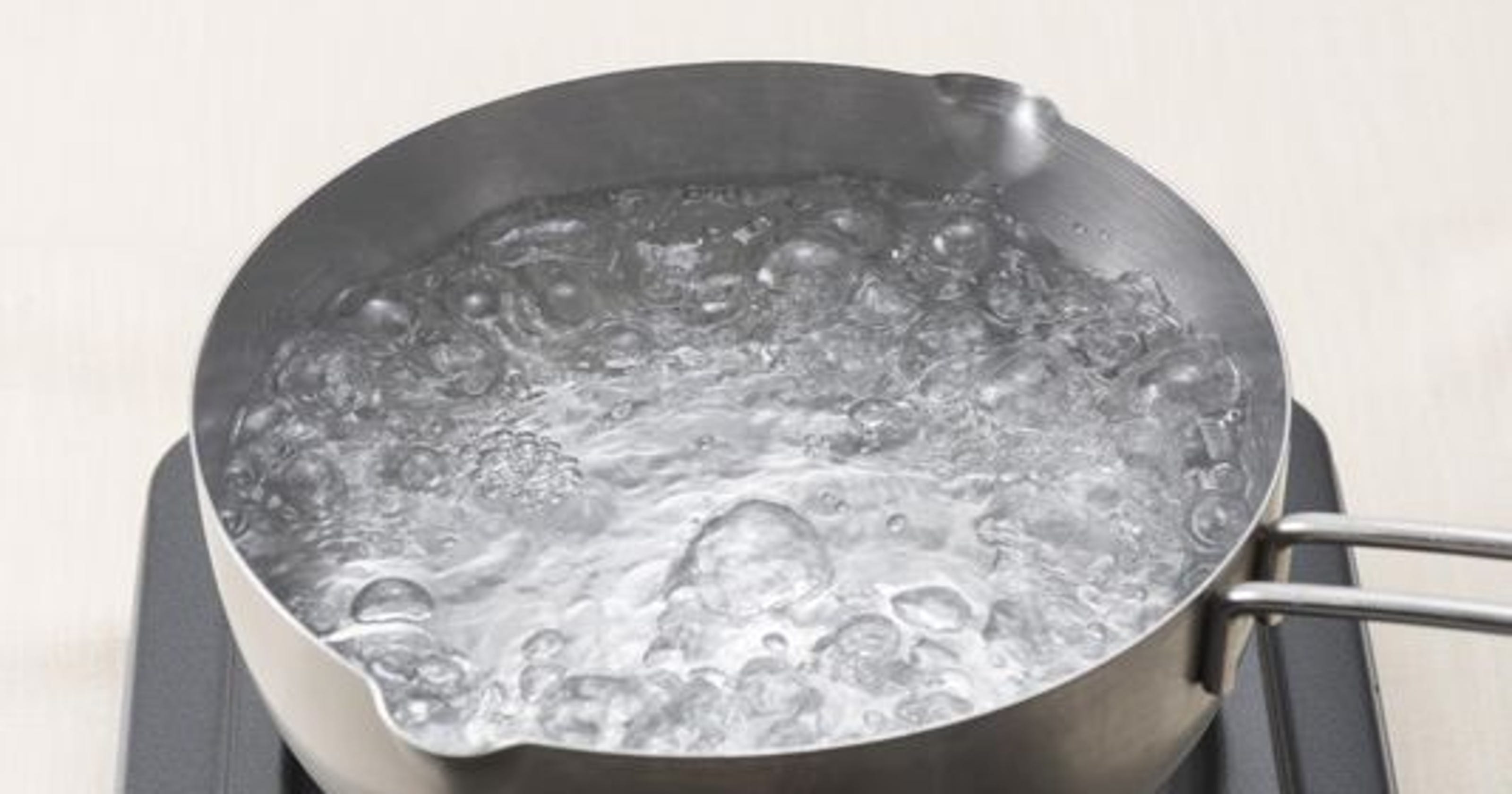
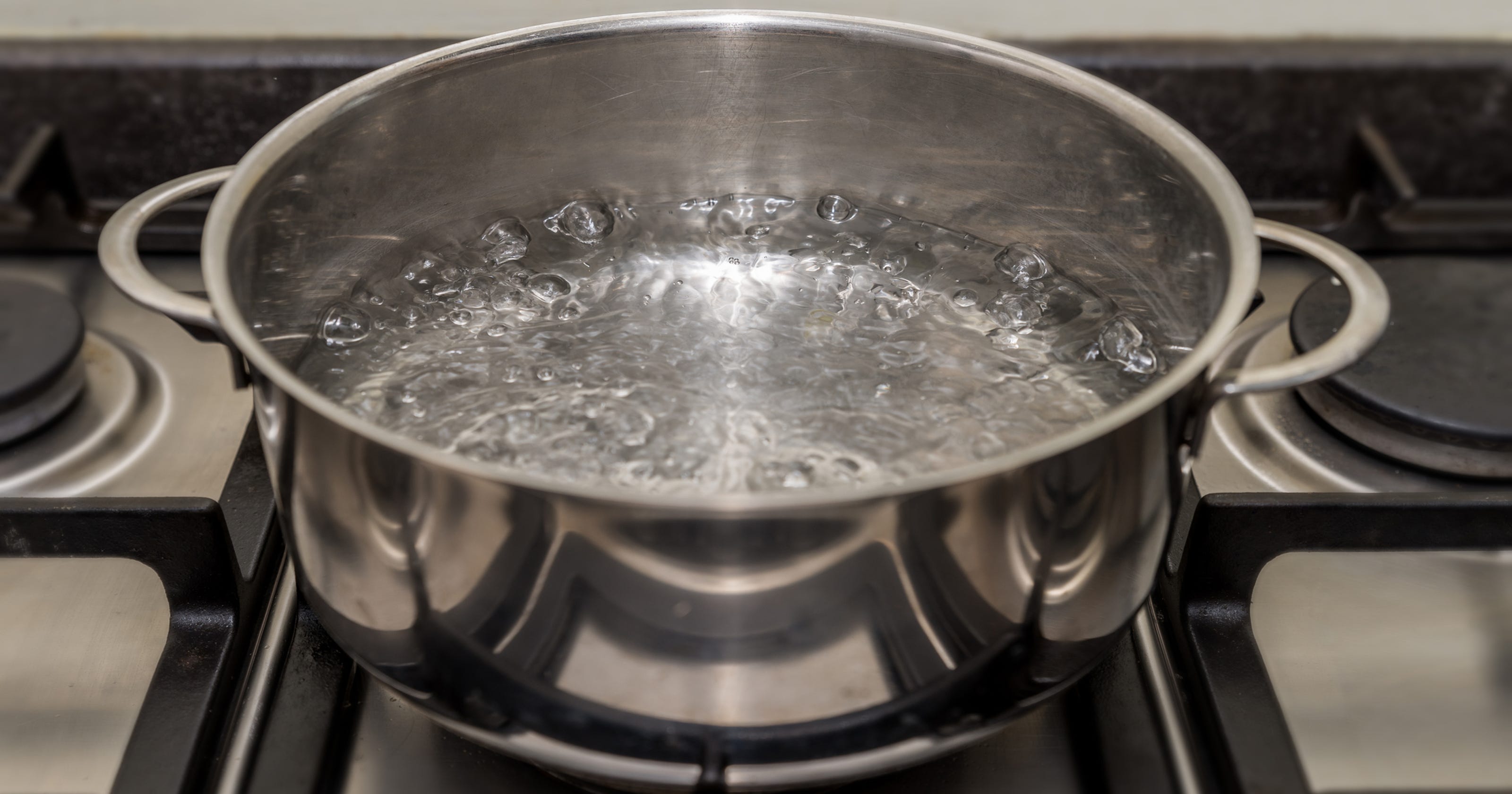
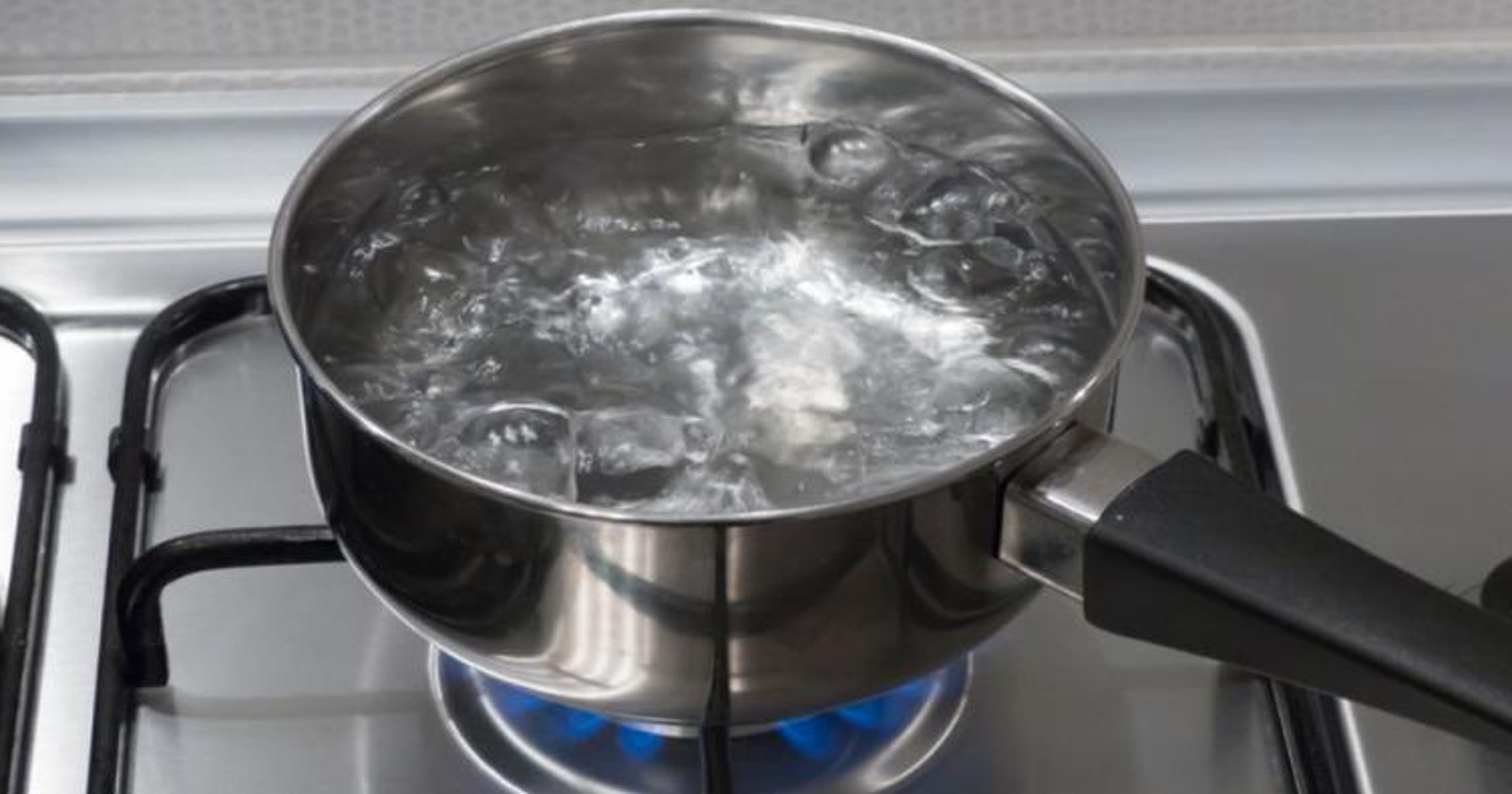
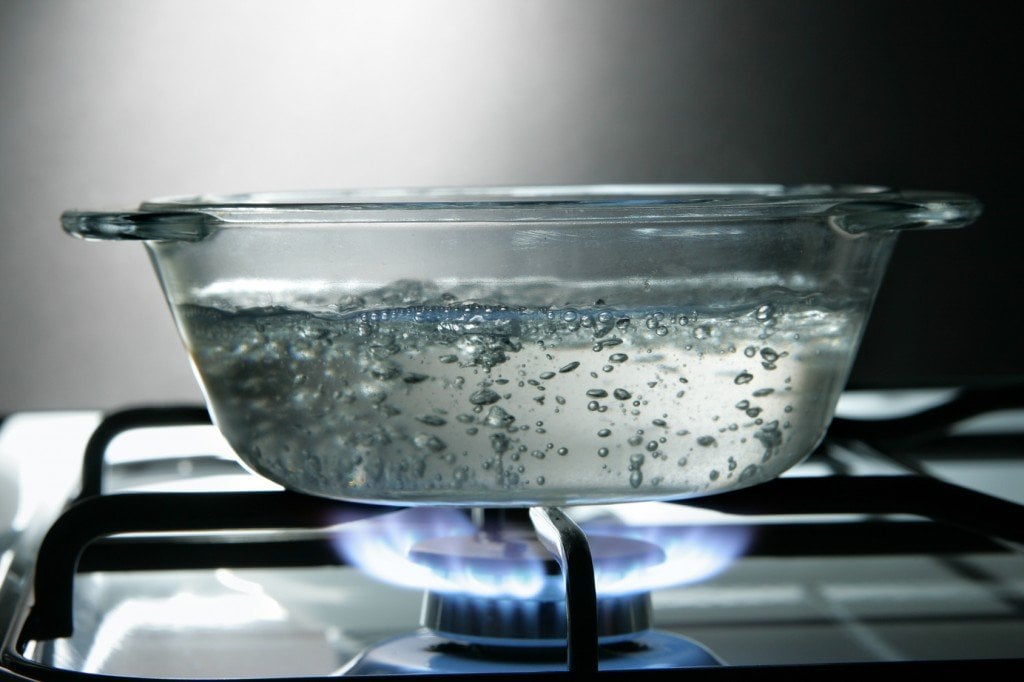



/glass-saucepan-on-a-gas-burner-with-boiling-water-dor961844-57fba8b03df78c690f79f7c6.jpg)
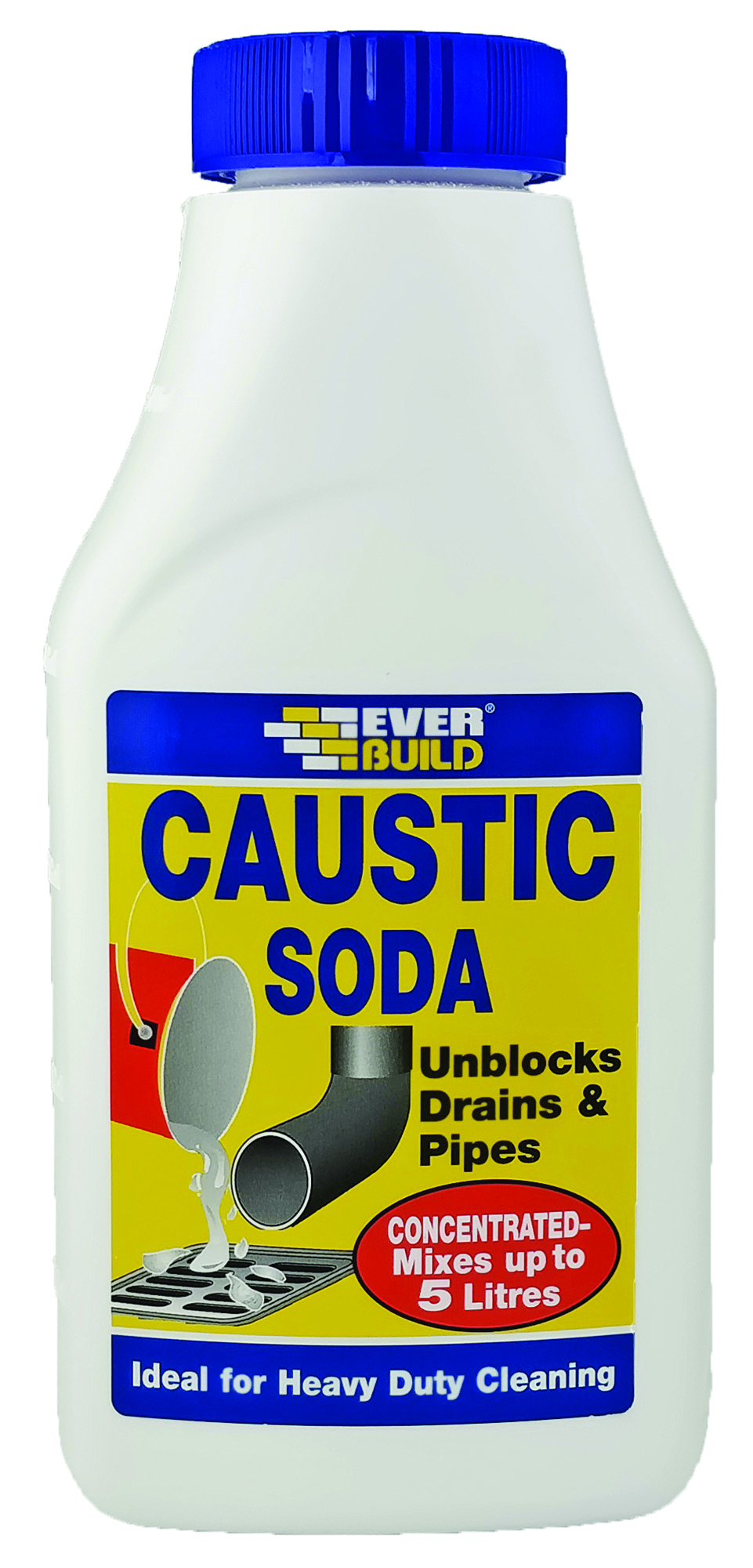



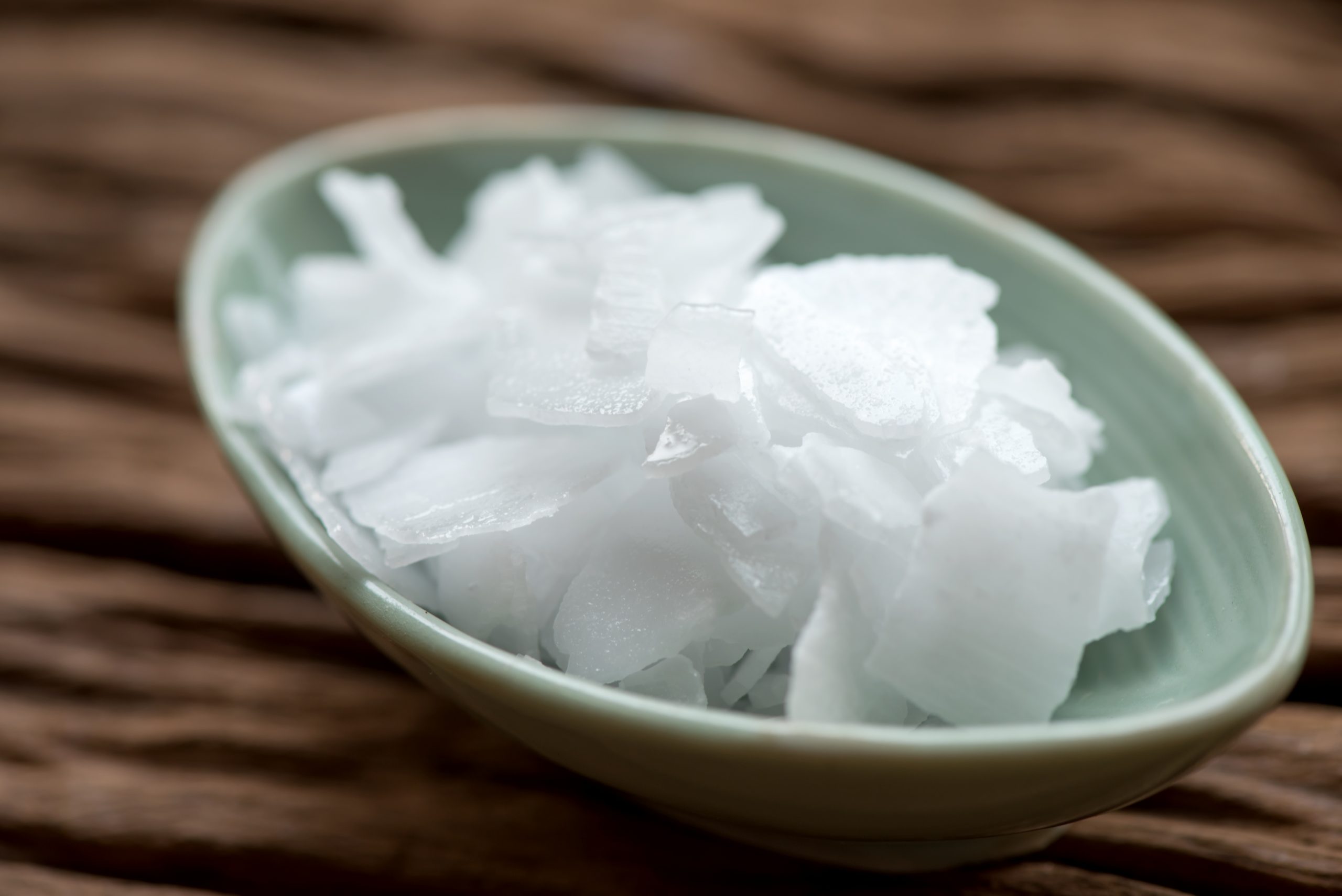
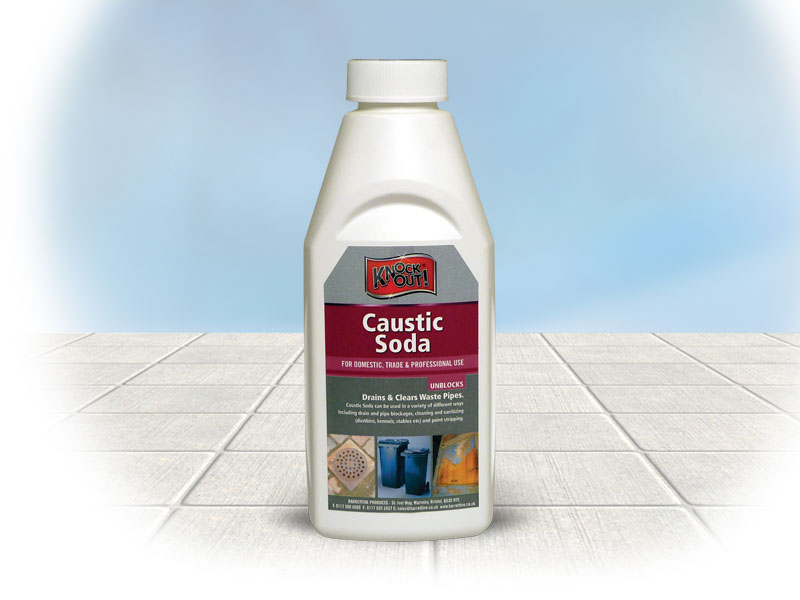
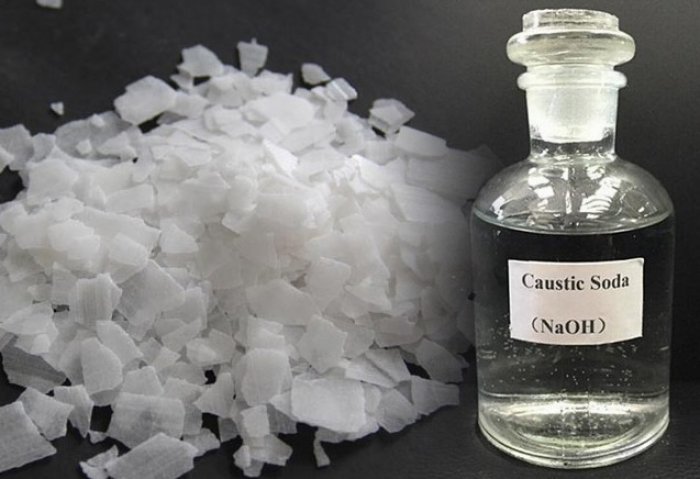
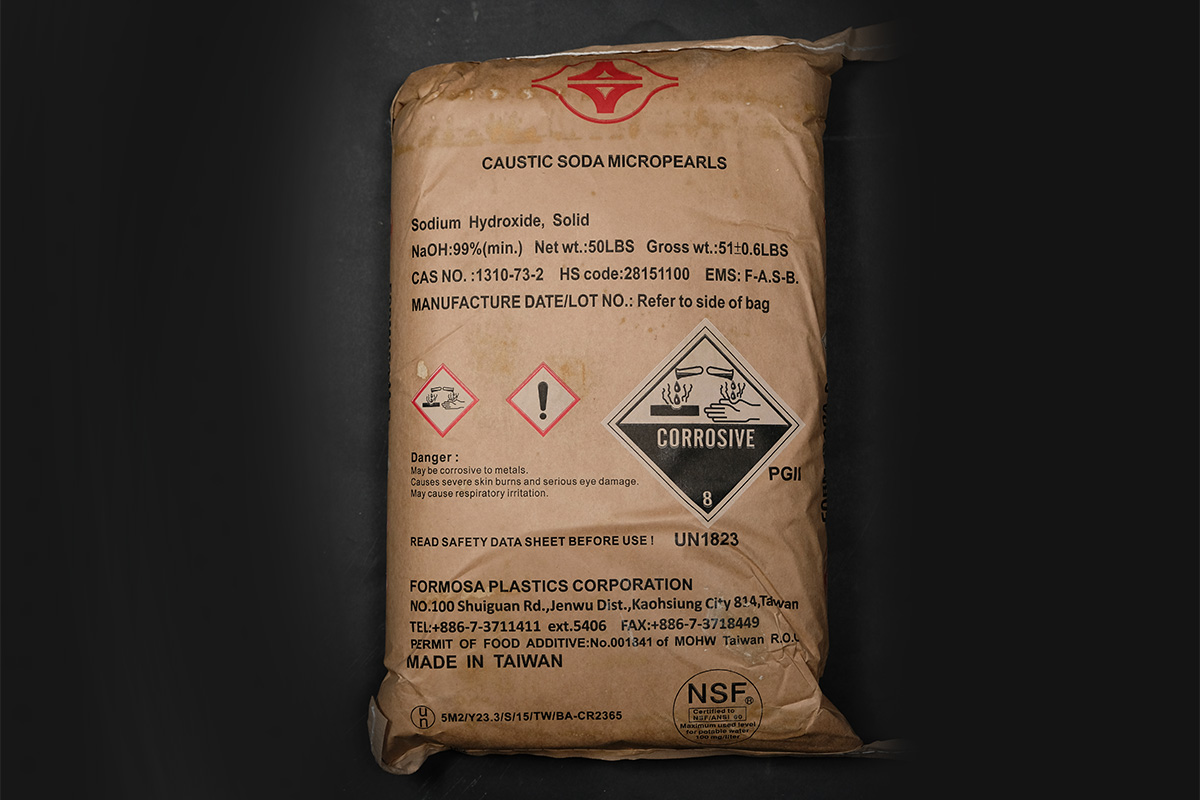

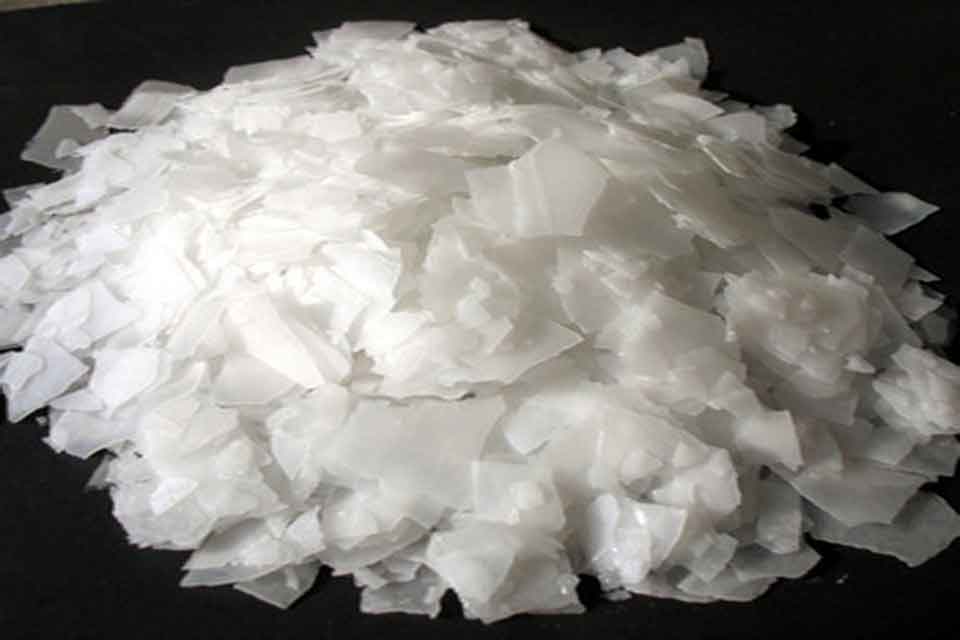
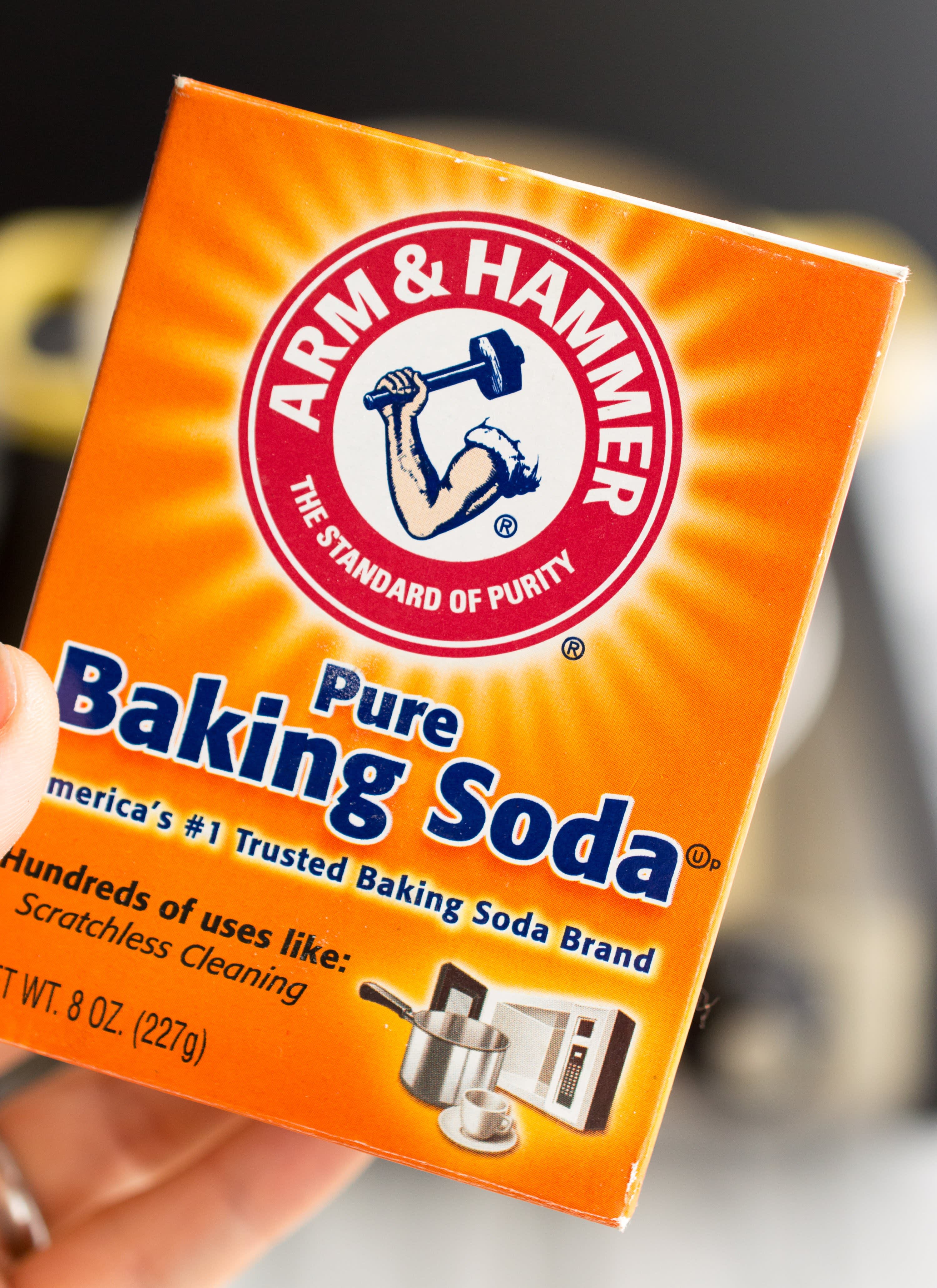






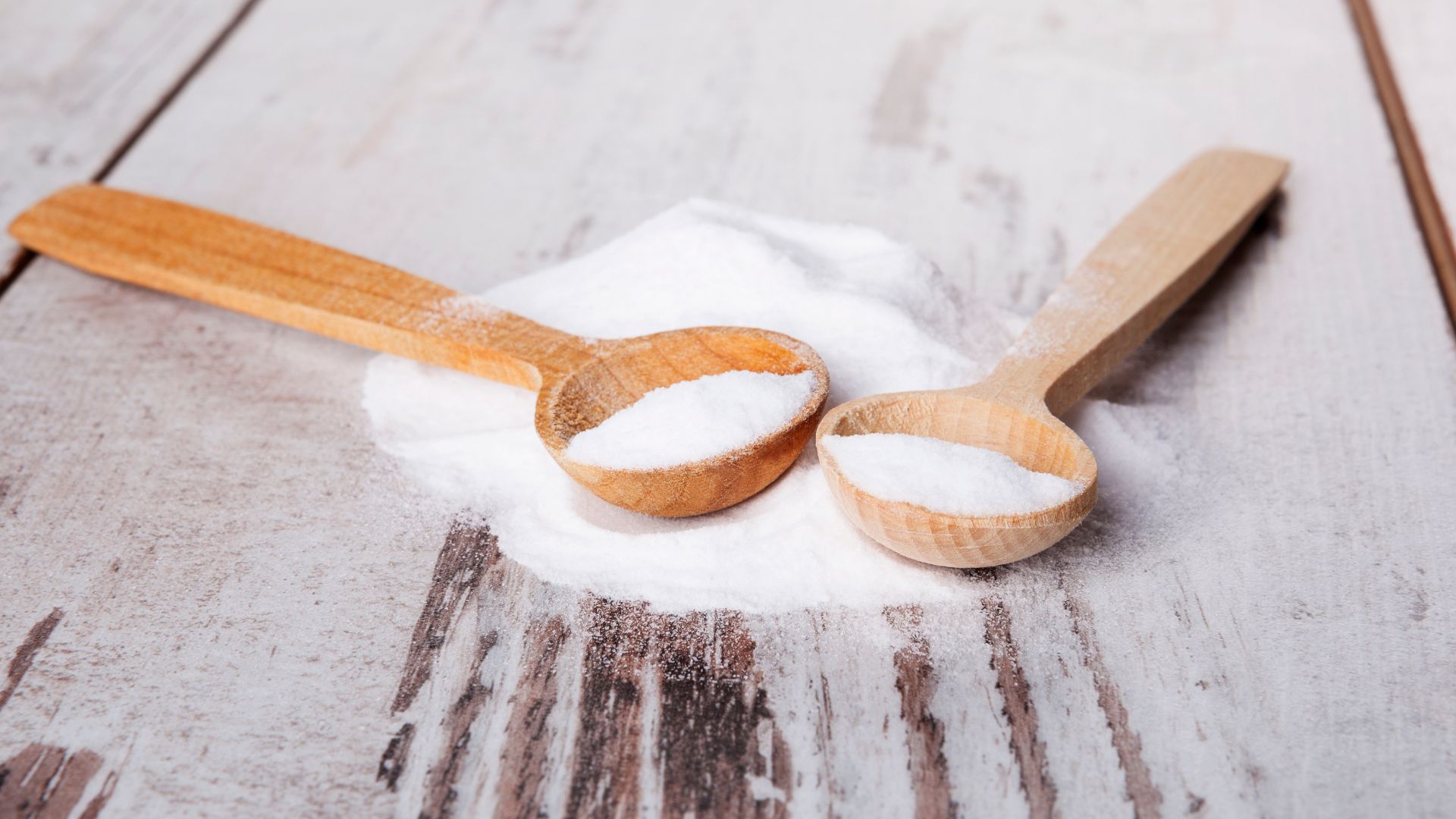

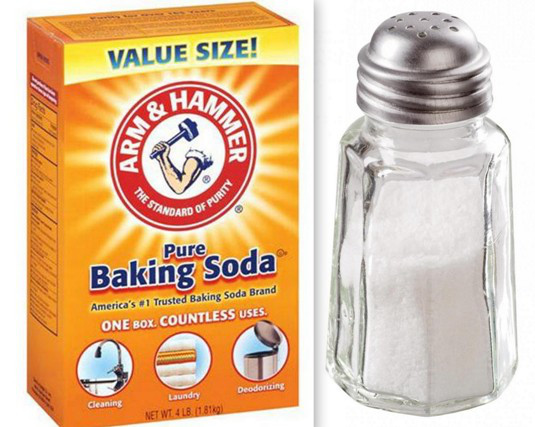


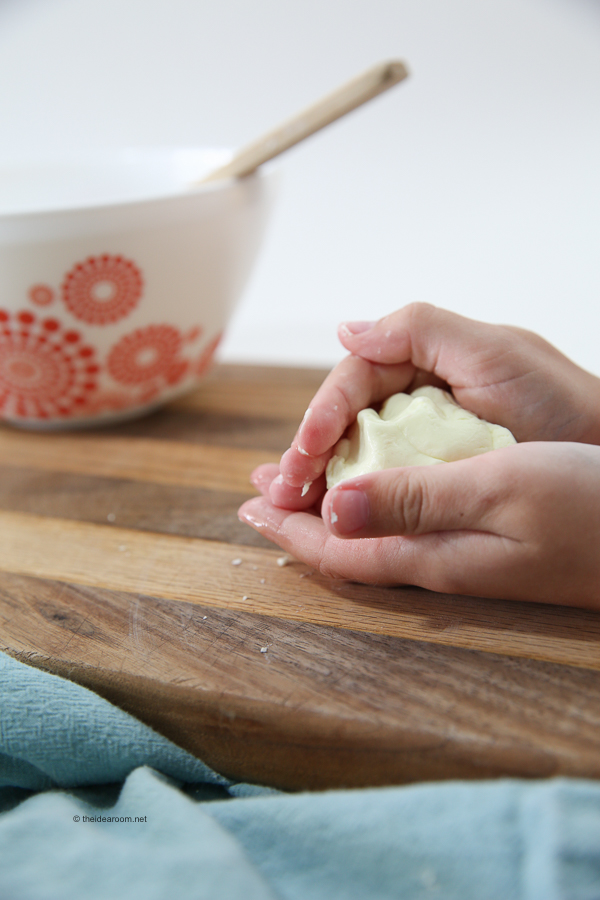
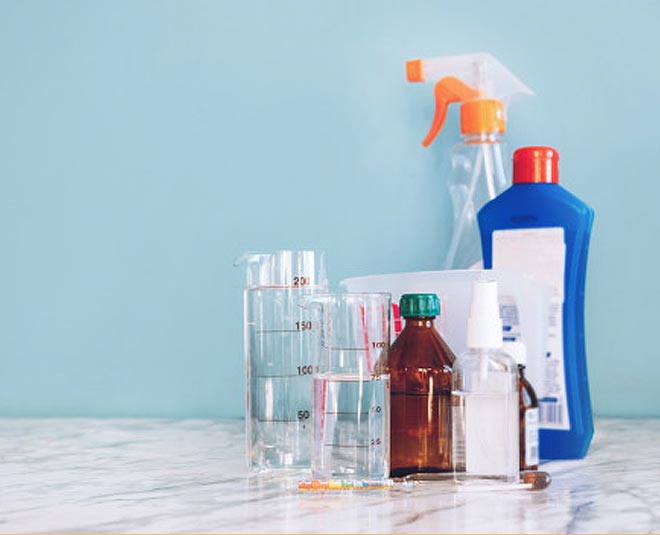

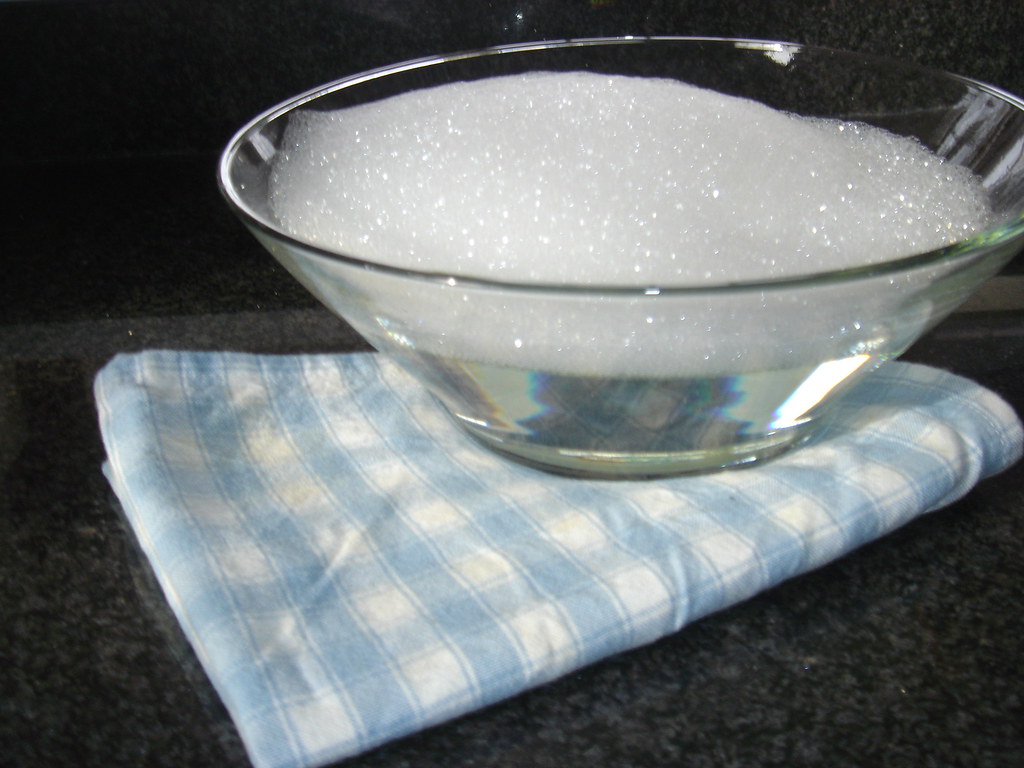



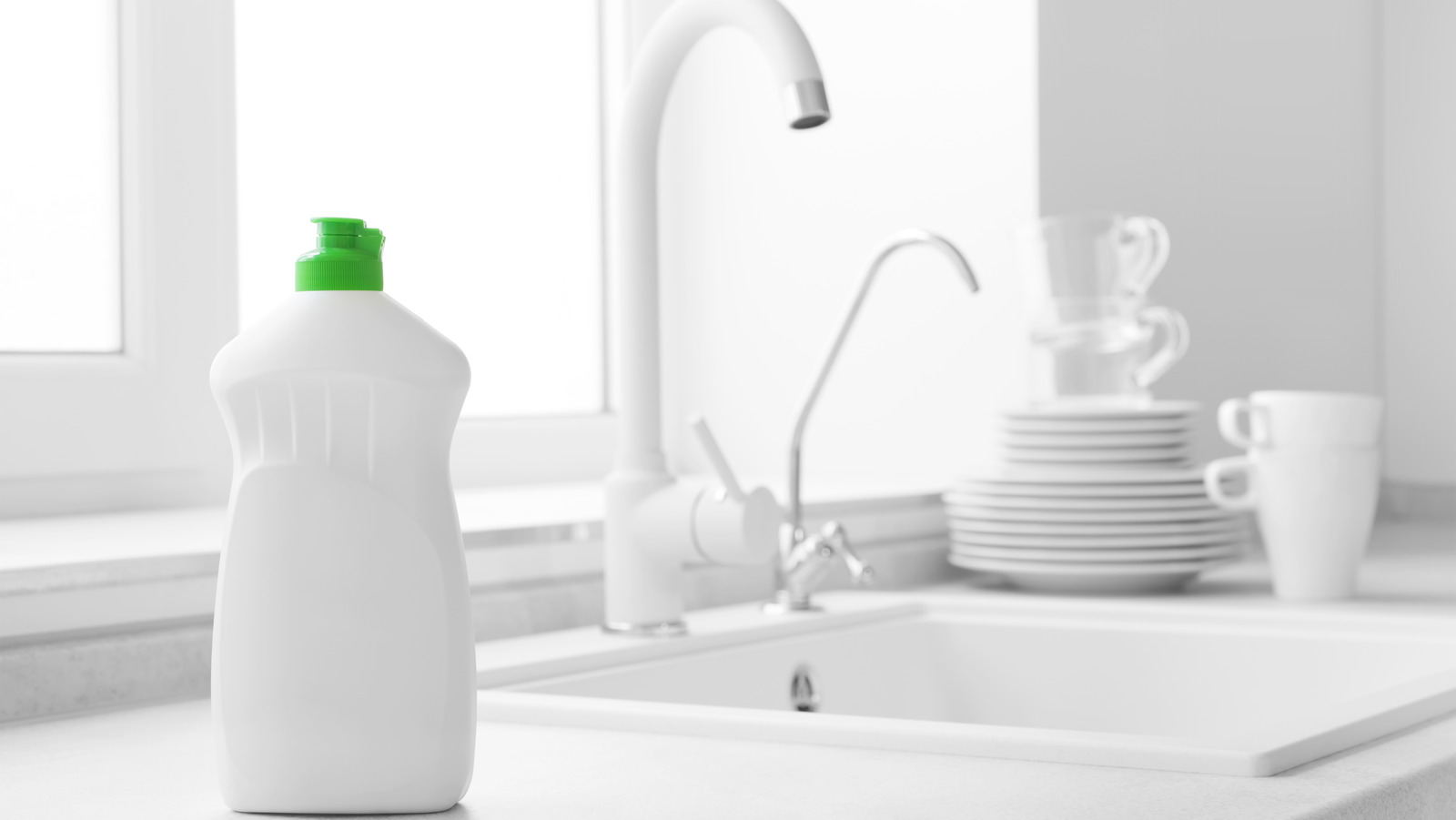
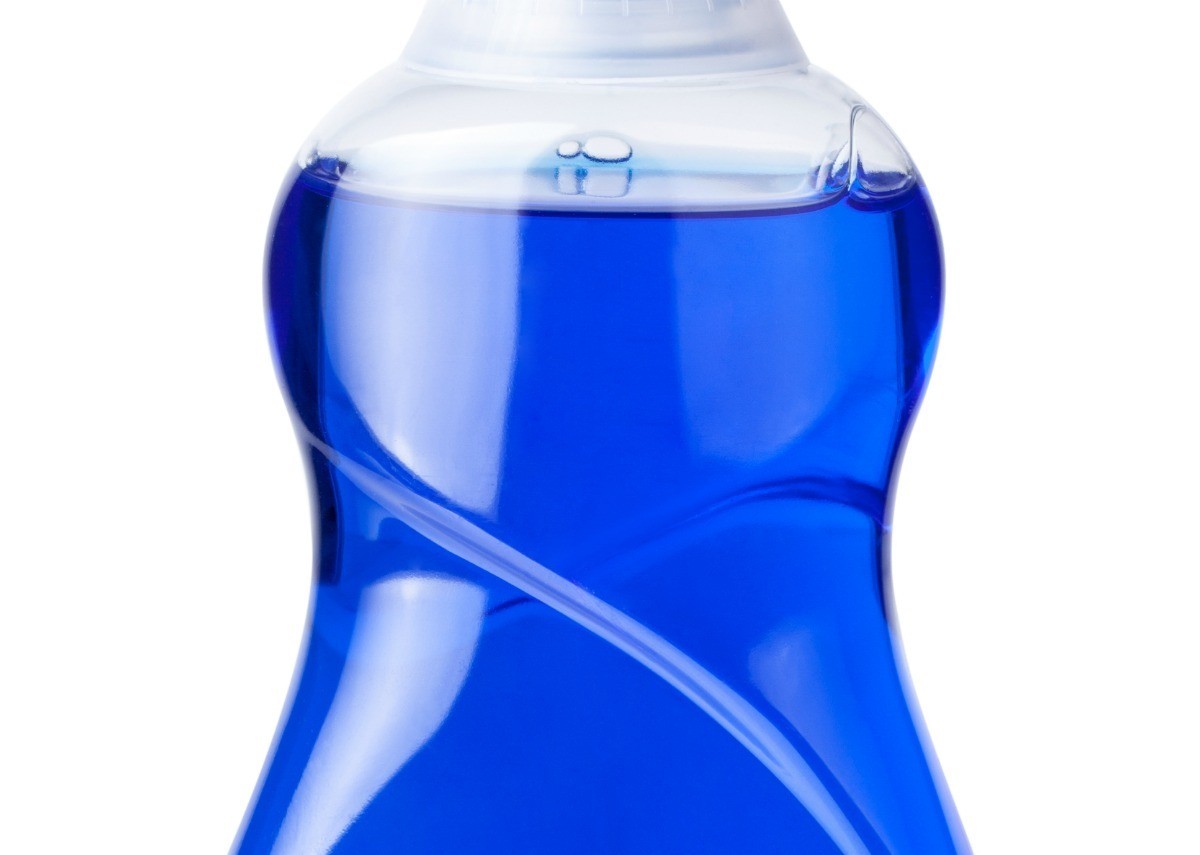
:max_bytes(150000):strip_icc()/uses-for-dish-soap-1900397-04-dd03ef8c459f4b6684b8714da8e014bd.jpg)
